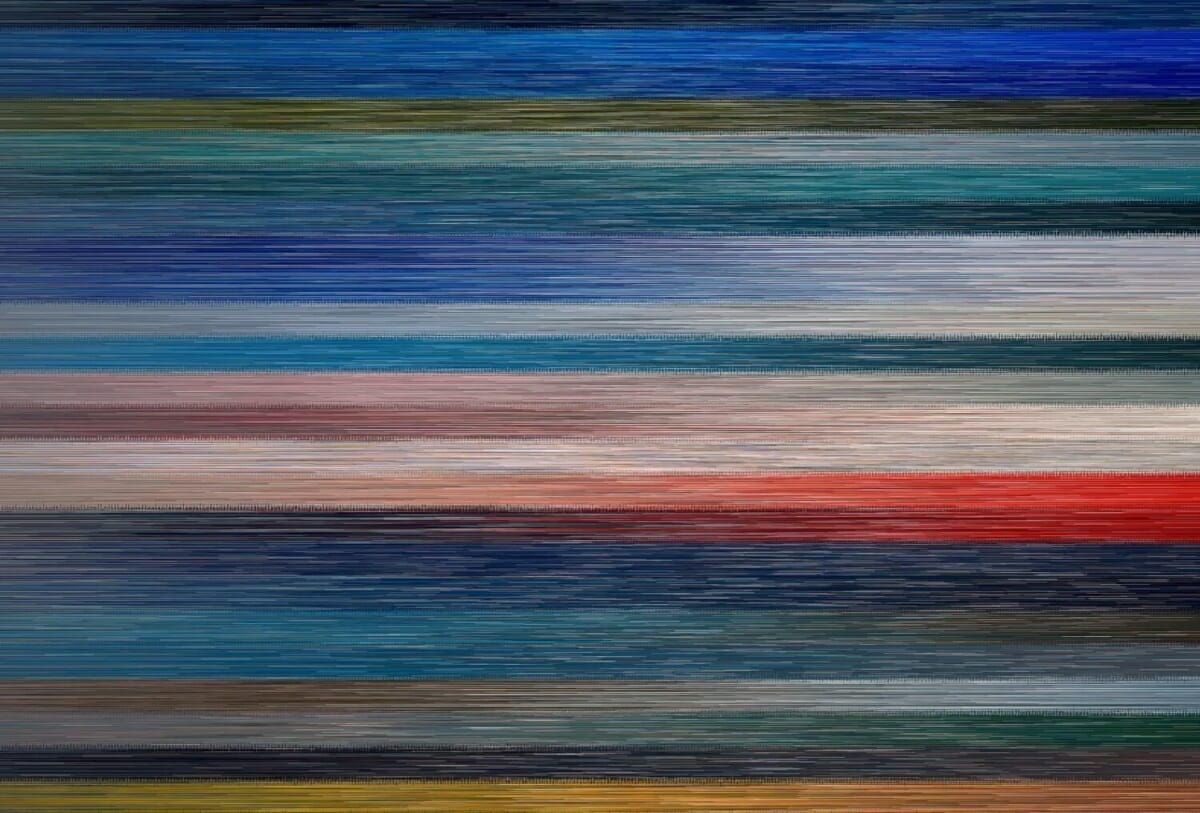
Textile Basics: What are Woven, Knitted, and Nonwoven Fabrics?
Woven fabrics
Woven fabrics are the most commonly used textiles in fashion. Because they are flexible, but not too stretchy, they can be used for almost any type of clothing: shirts, pants, blazers, coats.
They are made on a loom by weaving, i.e. interlacing multiple threads at right angles to one another. Vertical yarns are called warp and horizontal ones are called weft. Depending on how the warp and weft alternate, you can produce multiple patterns, known as weaves.
Given the different types of yarn and weaving patterns, wovens range from light and delicate, even transparent (chiffon, satin) to thick and strong (denim, corduroy).
Woven fabrics are durable and easy to care for, maintaining shape even after many washes. They can also be finished to withstand exposure to water and sun.
Knitted fabrics
Knitted fabrics from natural yarns, such as cotton, viscose or wool or/and blends with synthetics are great for any clothing that requires comfort: sweaters, sweatshirts, cardigans, leggings, dresses, T-shirts, socks, underwear. Made in the knitting process where multiple loops of yarn are interlaced together, they are naturally flexible and stretch in all directions.
There are two ways of making knits: weft-knitting, a technique where horizontal lines are produced and warp knitting, with ribs running vertically.
Knits provide softness and warmth, fitting closely to the body. They move when you move and return to their original shape easily, resisting wrinkles.
They are best hand-washed or machine washed using a gentle cycle to avoid shrinking, which may happen when the yarn structure is tightened in the mechanical process and the raw material do not have anti-shrinkage properties.
Non-woven
Non-woven fabrics, such as felt, are often used outside of fashion. Produced by bonding natural or synthetic fibers together – chemically, thermally or mechanically – they can be classified as long-lasting (carpets) or disposable (i.e. less durable than woven or knitted fabrics and therefore not commonly used for clothes). As such, nonwovens are ideal for single-use applications: household wipes, feminine hygiene products, medical textiles, protective gowns etc.
Flat Knitting and Circular Knitting: What’s the Difference?
Knitted garments are made with circular knitting machines which produce fabric in meters or flatbed knitting machines which produce a piece of clothing e.g. the front of a blouse.
In circular knitting, the machine uses a 360° cartridge of needles to knit the fabric in a continuous circle, creating a tube of fabric. This type of knitting also used for creating tube-like pieces, such as socks and T-shirts.
Flat knitting is used for producing one by one piece, made to measure and cut to shape with multiple possibilities in different fabric thickness, multicolor jacquard patterns, 3d structures and even in weaving techniques.
The benefits of flat knitting
Using flat knitting technology in fashion has a number of advantages:
– Made-to-measure: items can be made to exact specifications in terms of function and shape.
– Flexibility: flat knits can be combined with elastic fabrics to create high-performance and technical textiles.
– Sustainability: flat knitting machines allow for on-demand, zero-waste production.

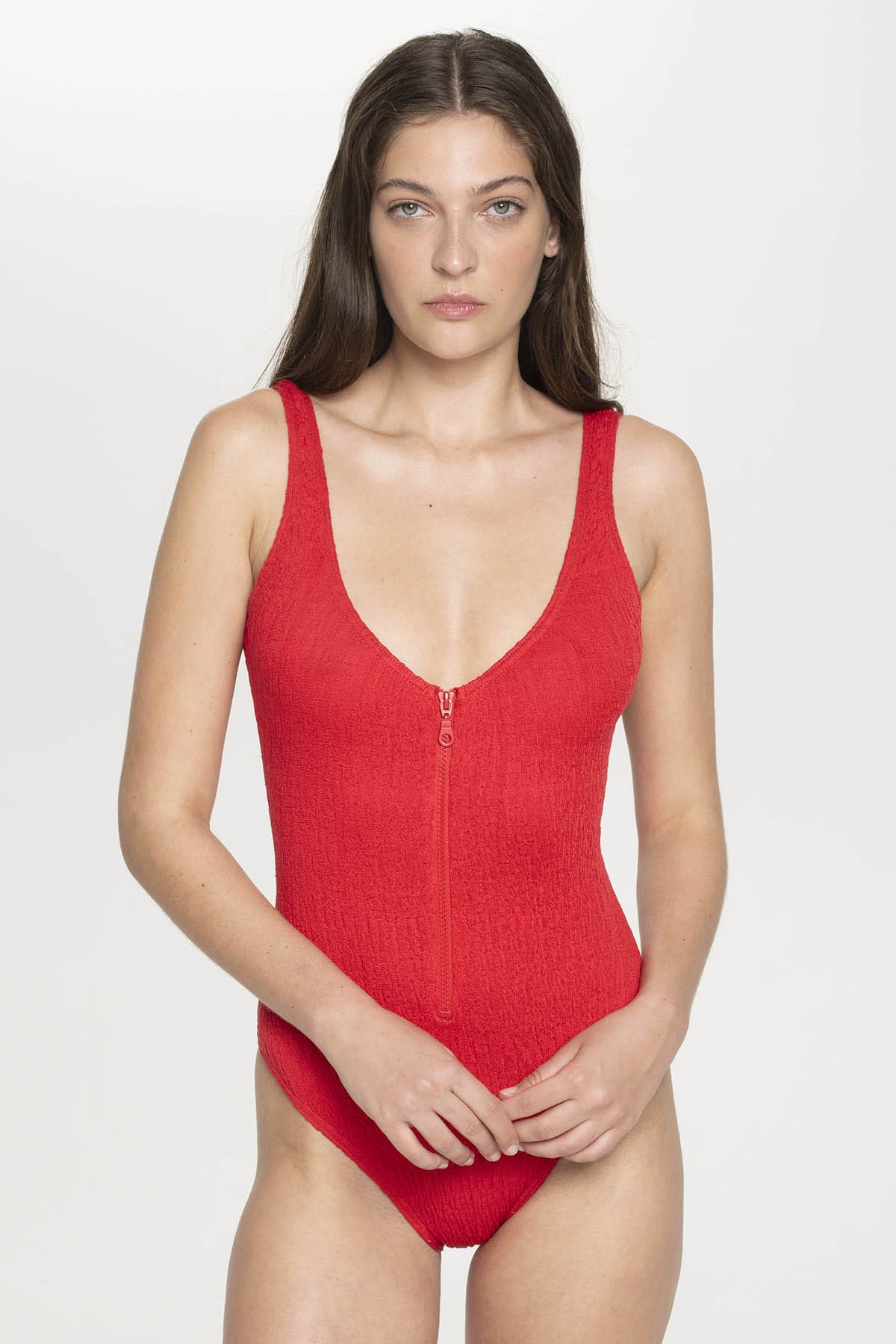
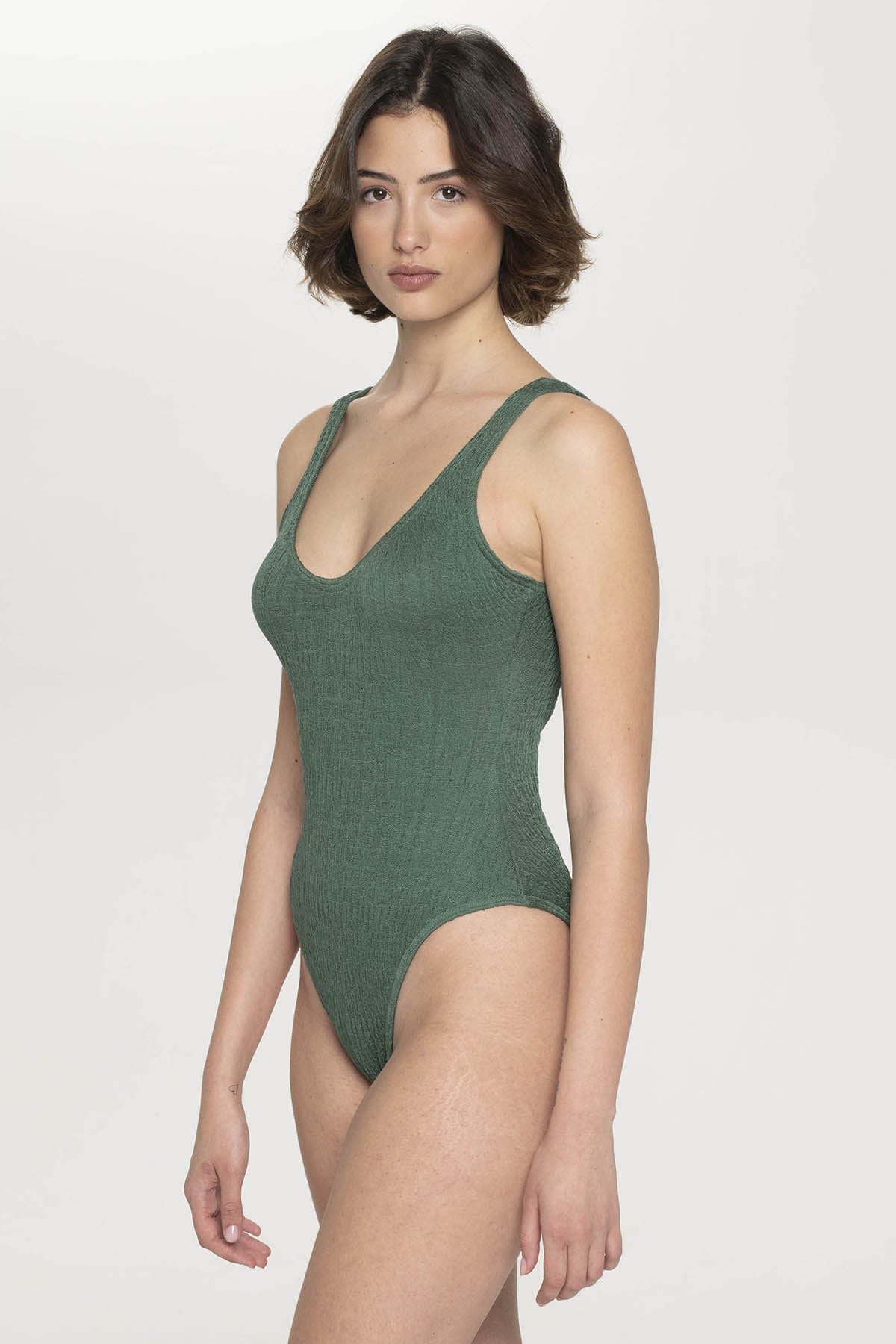
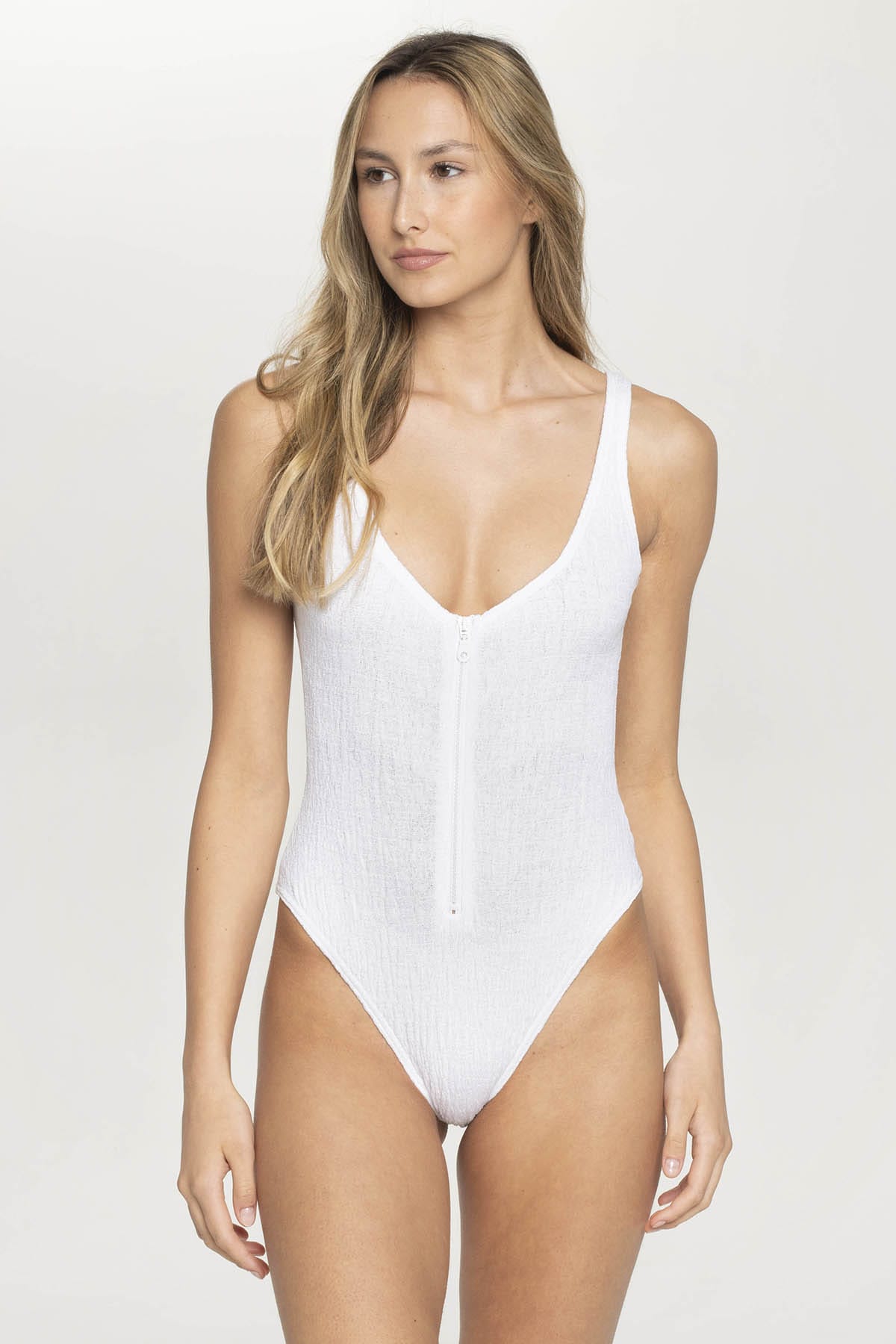
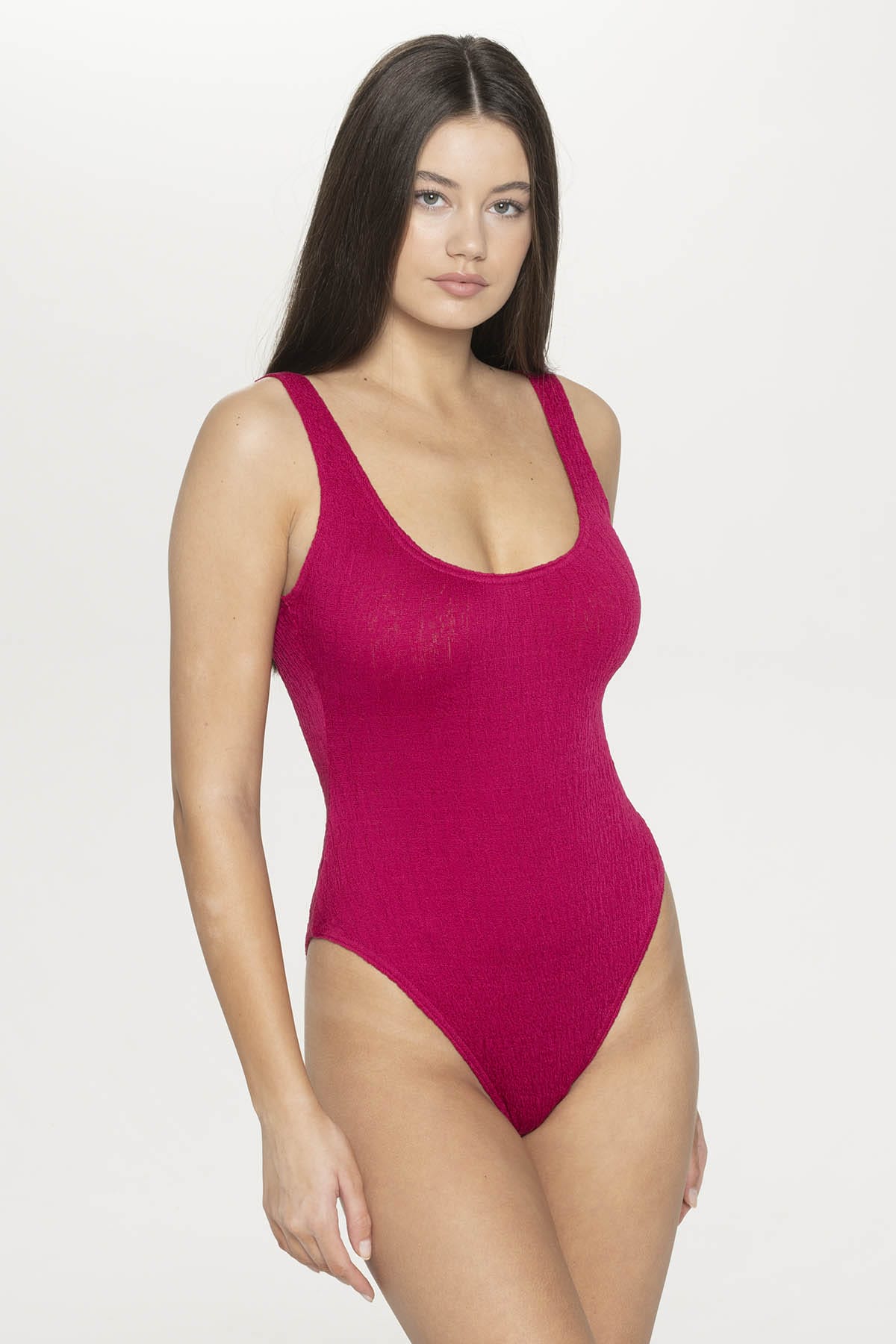
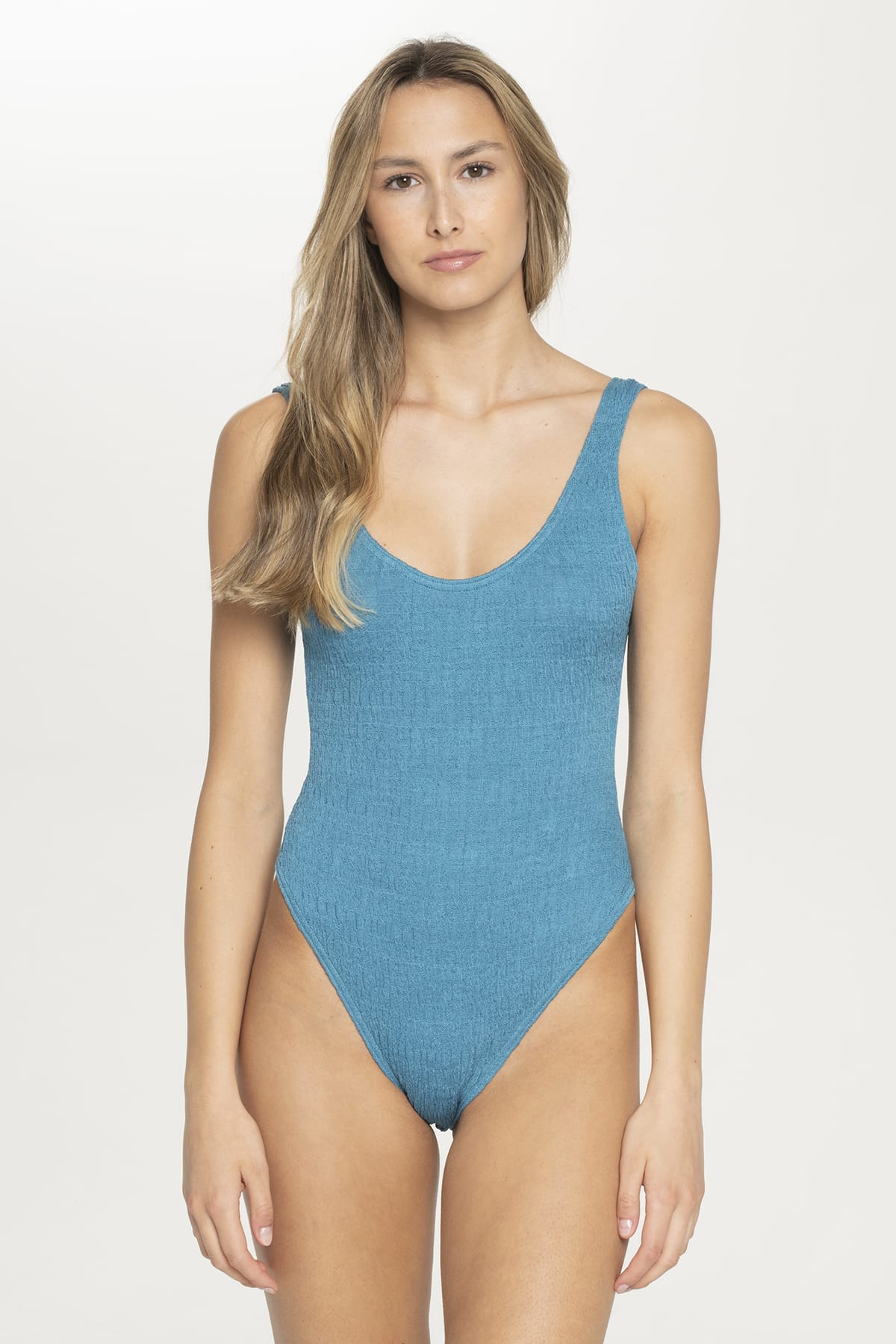
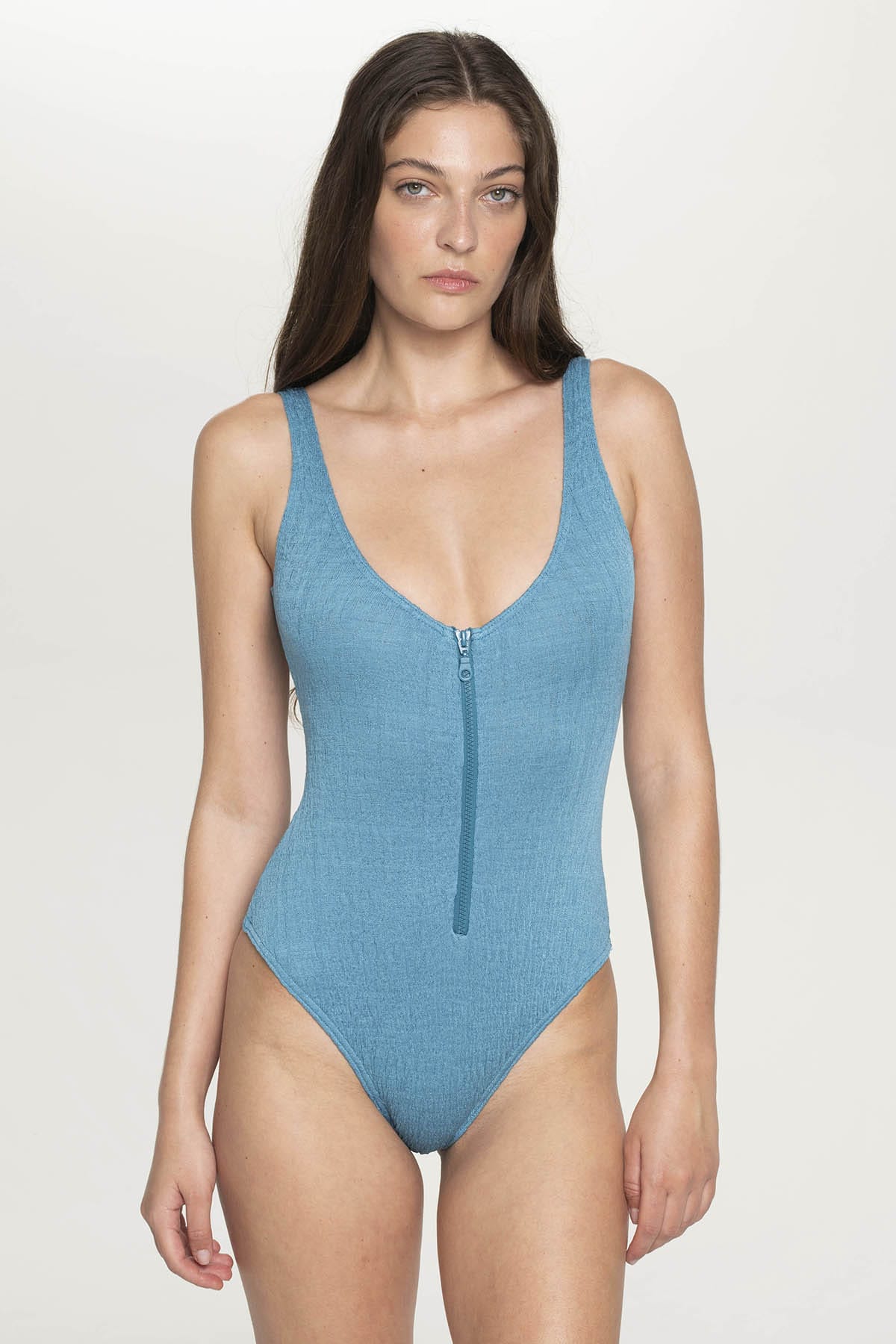

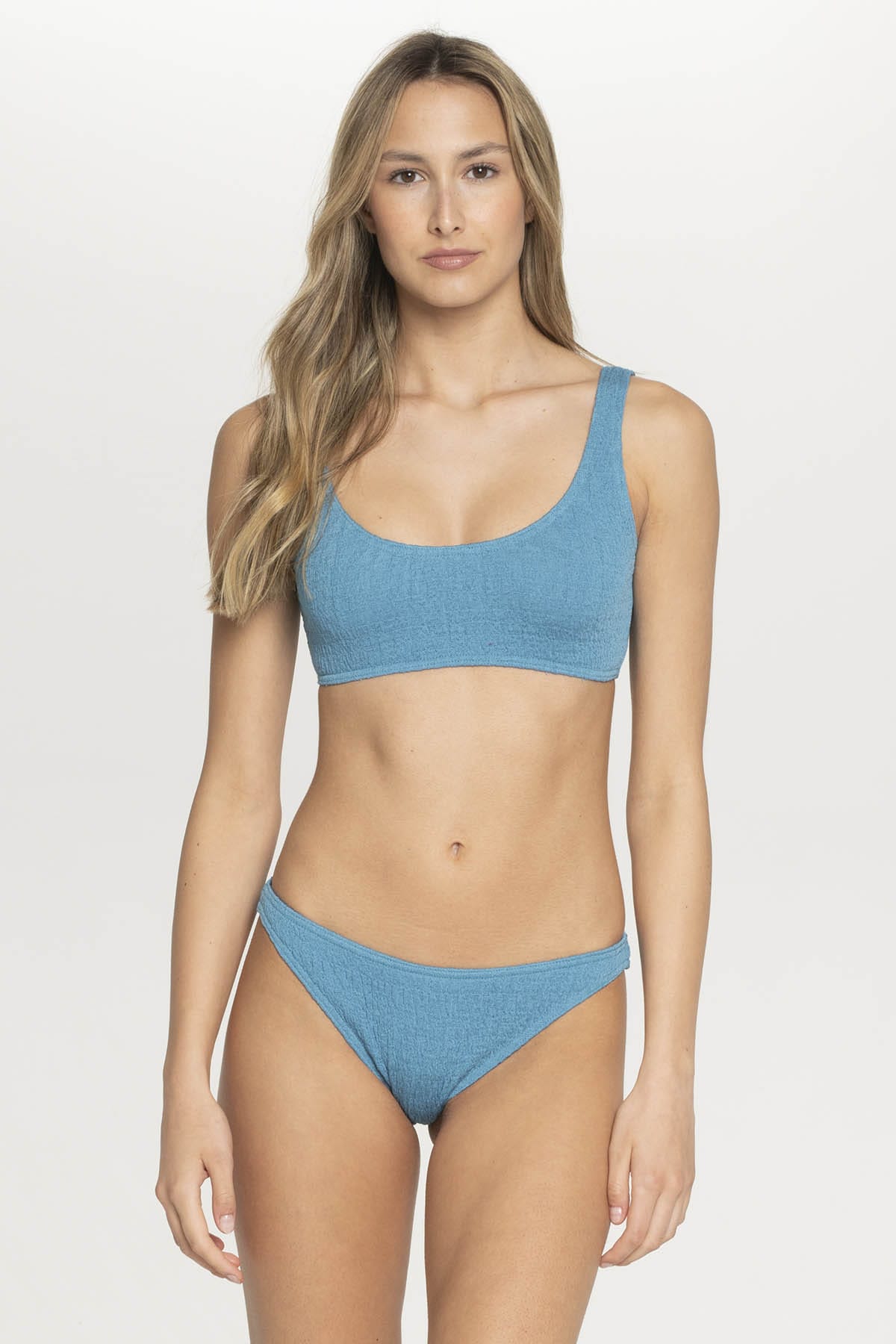

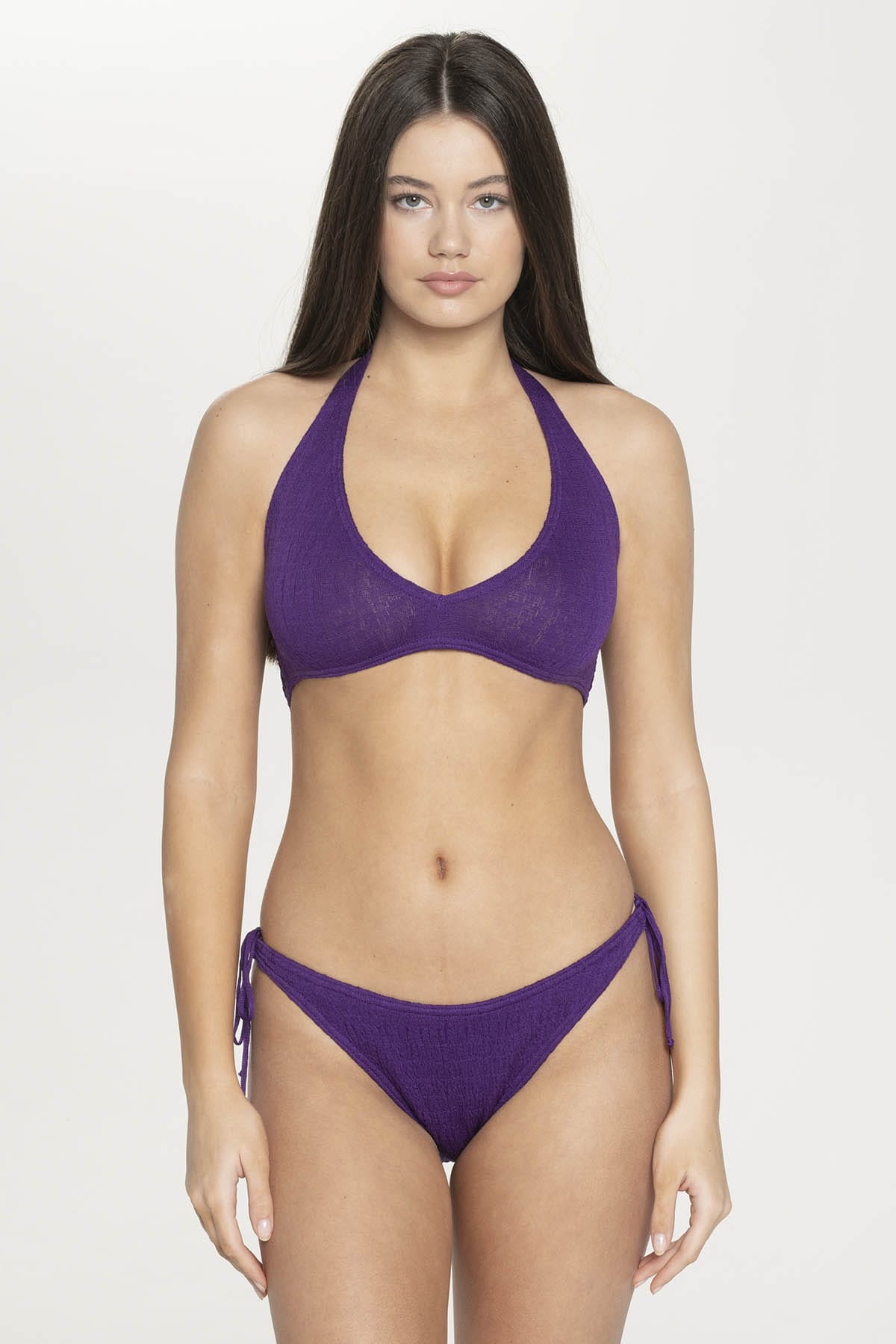
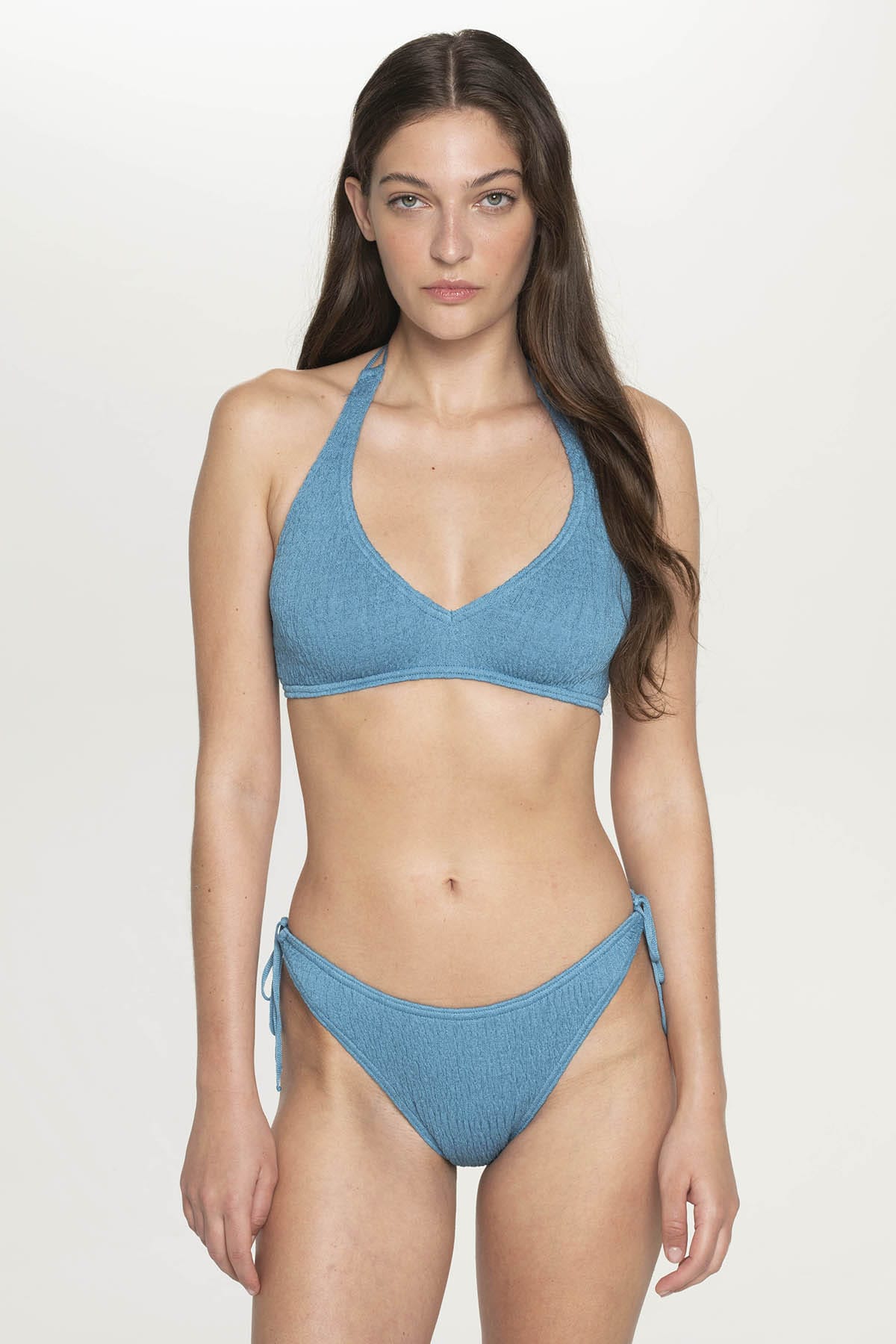
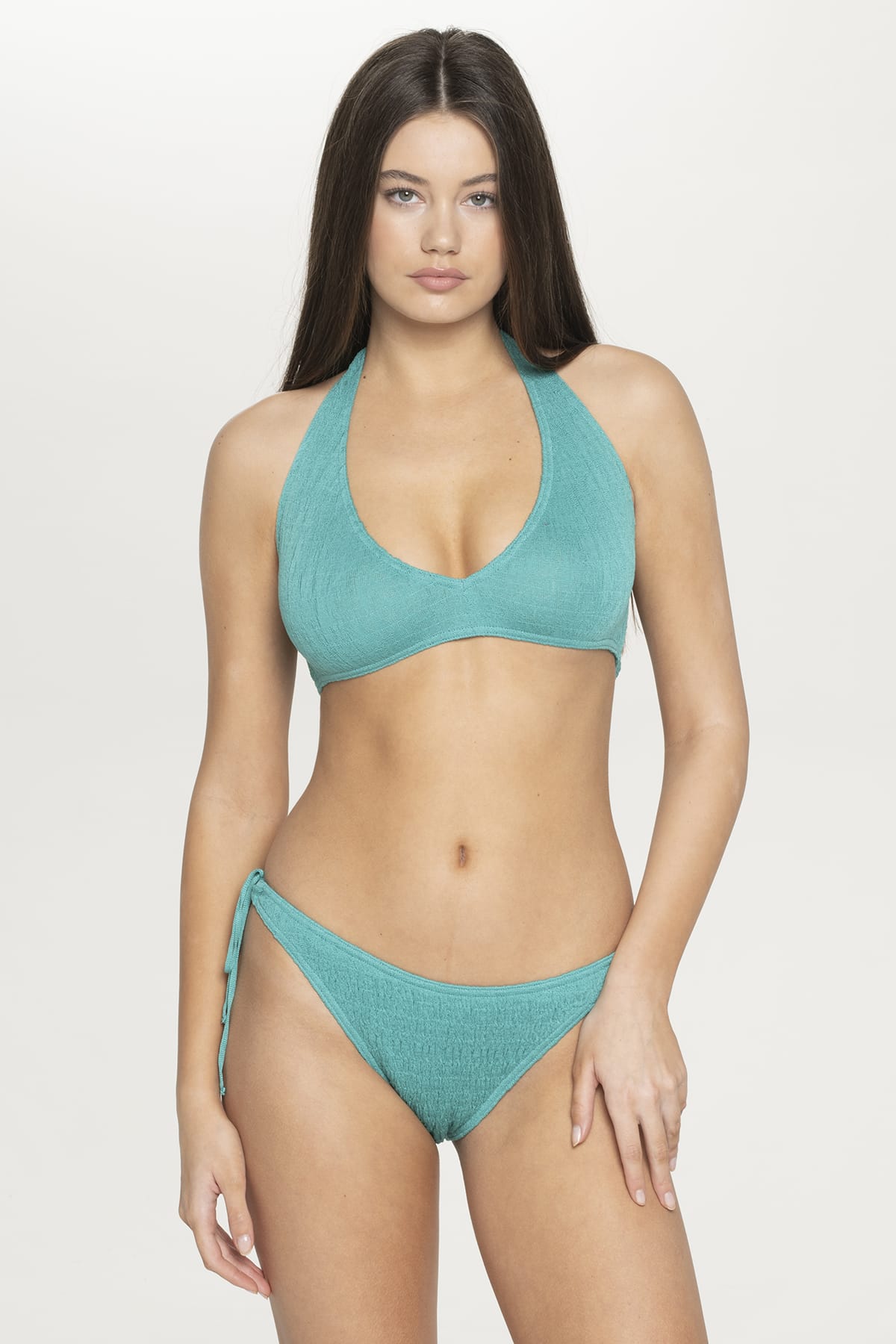
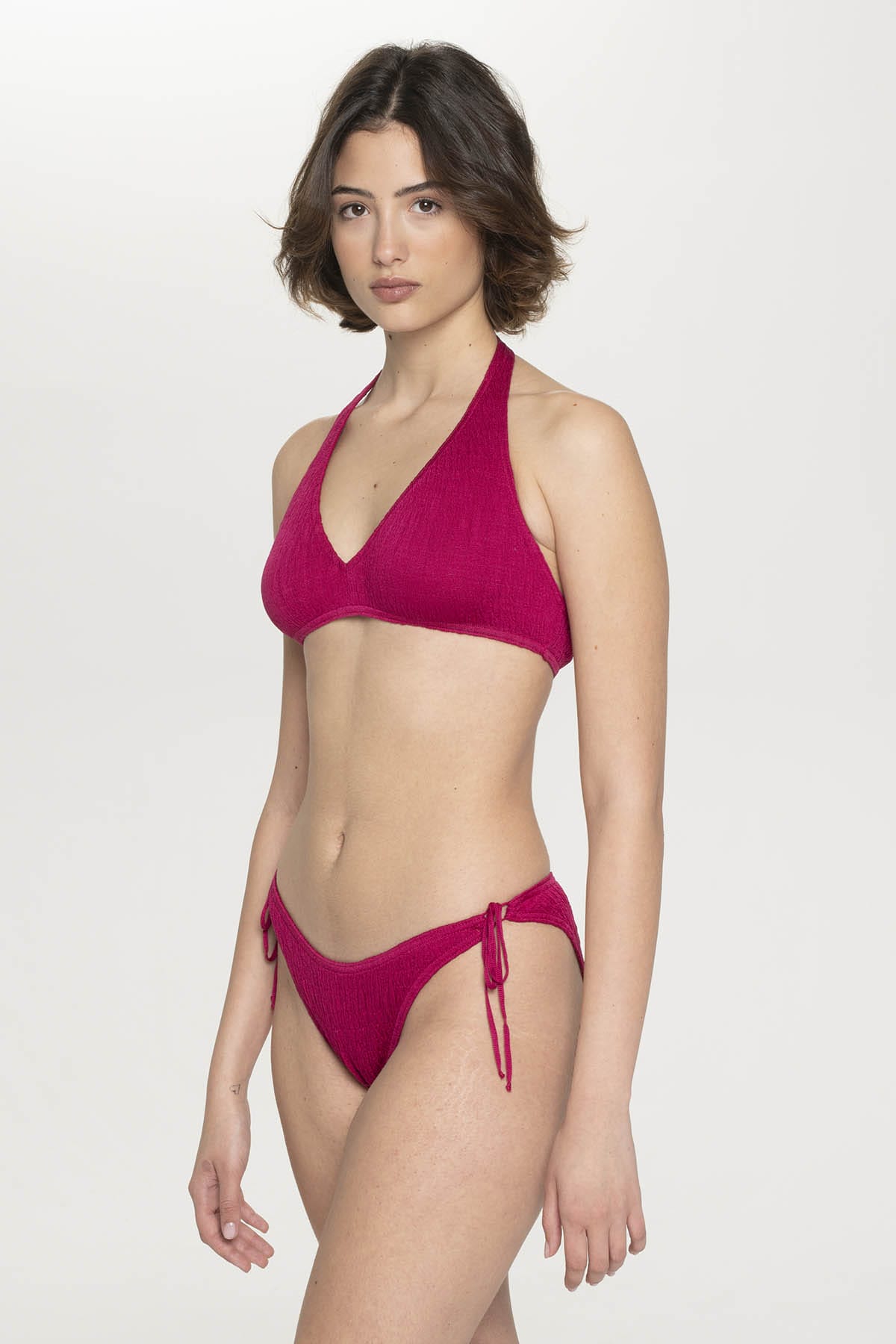
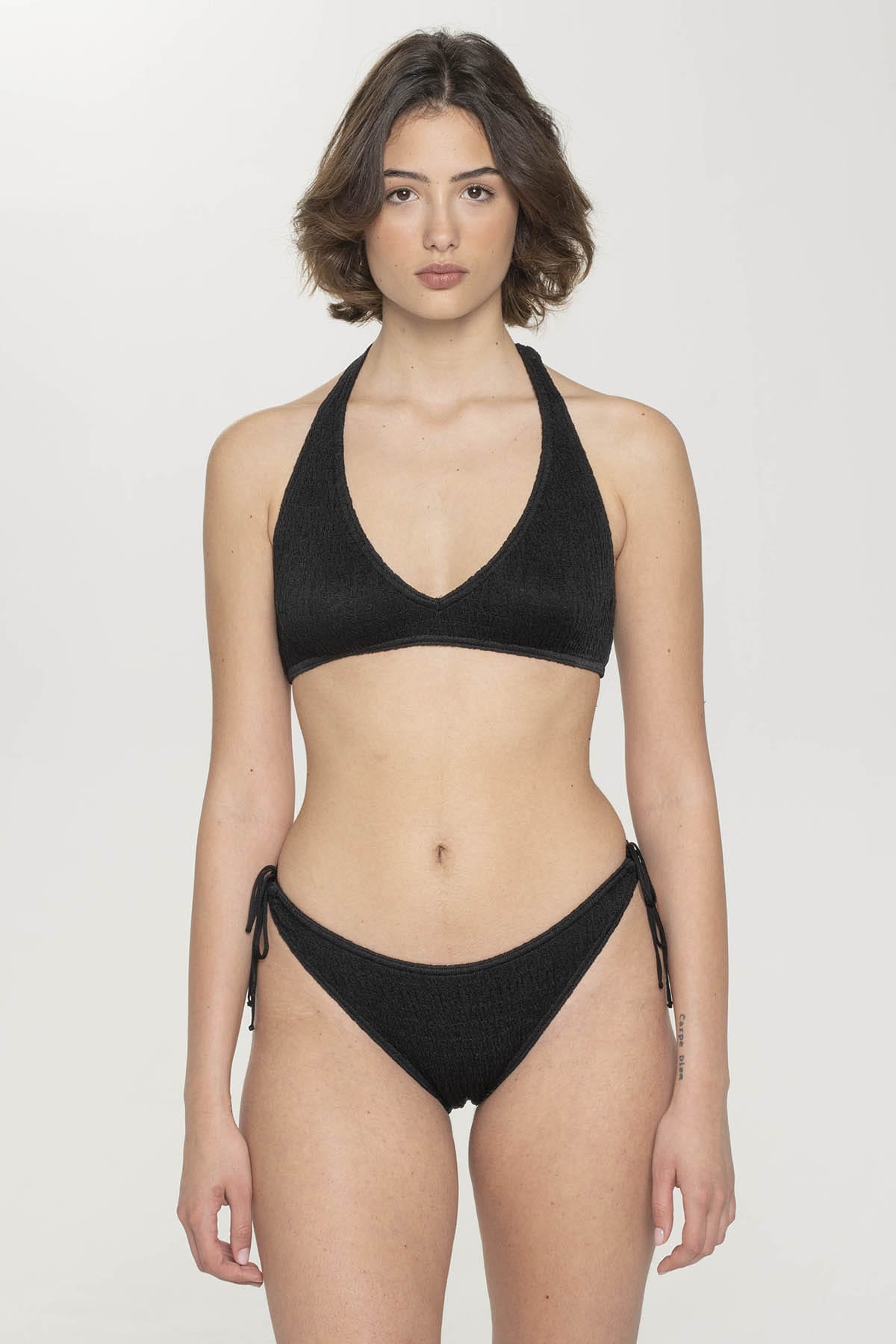
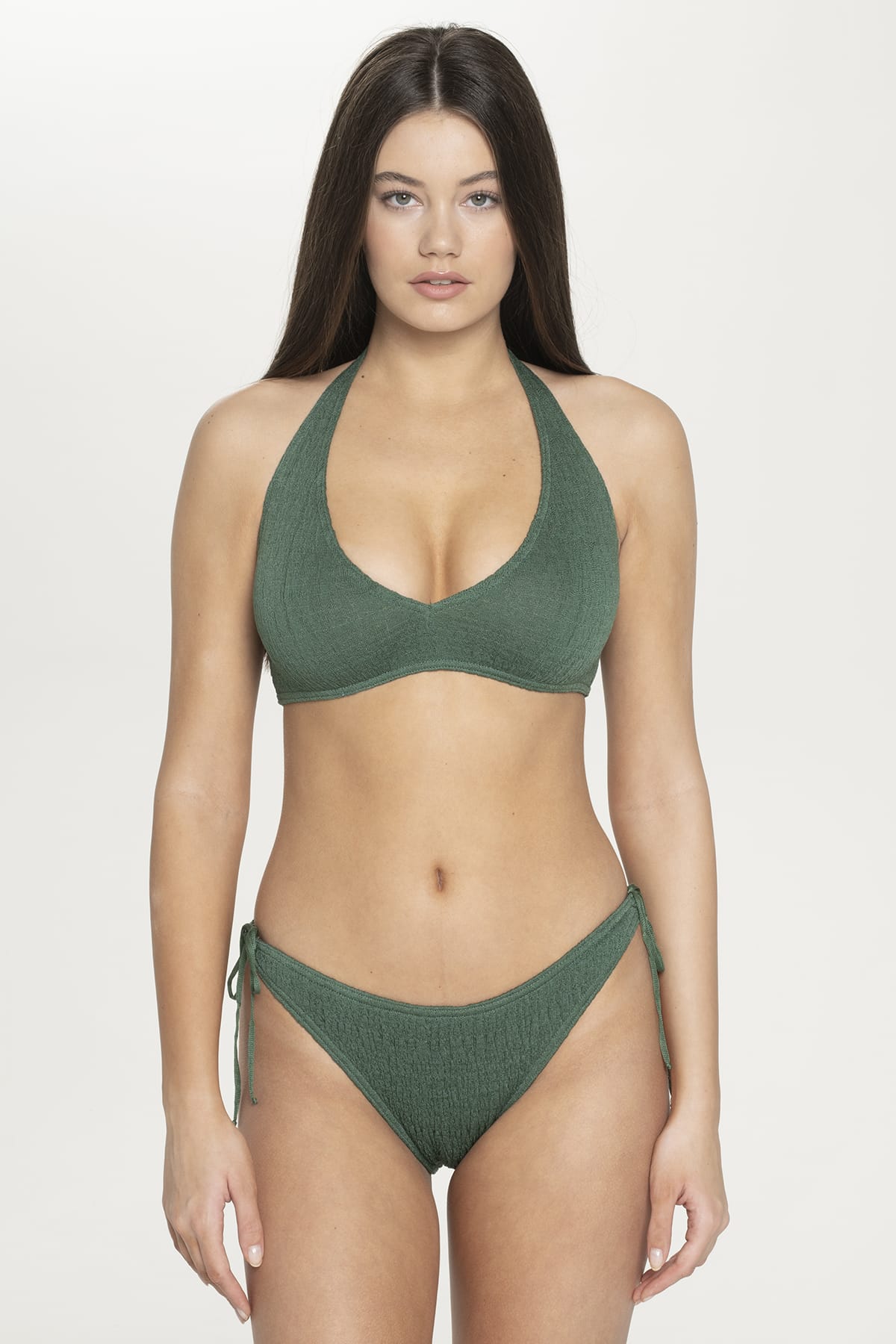
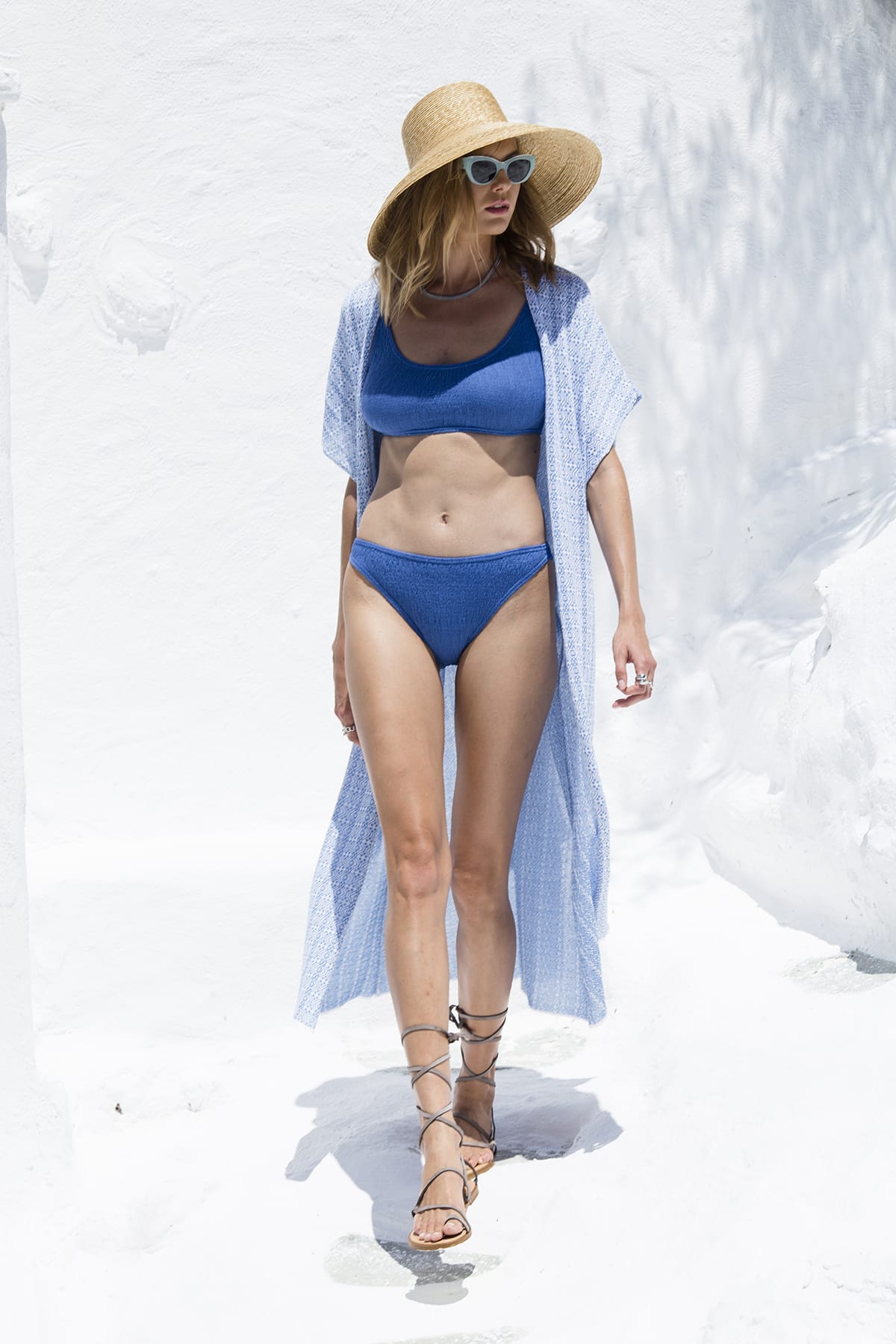
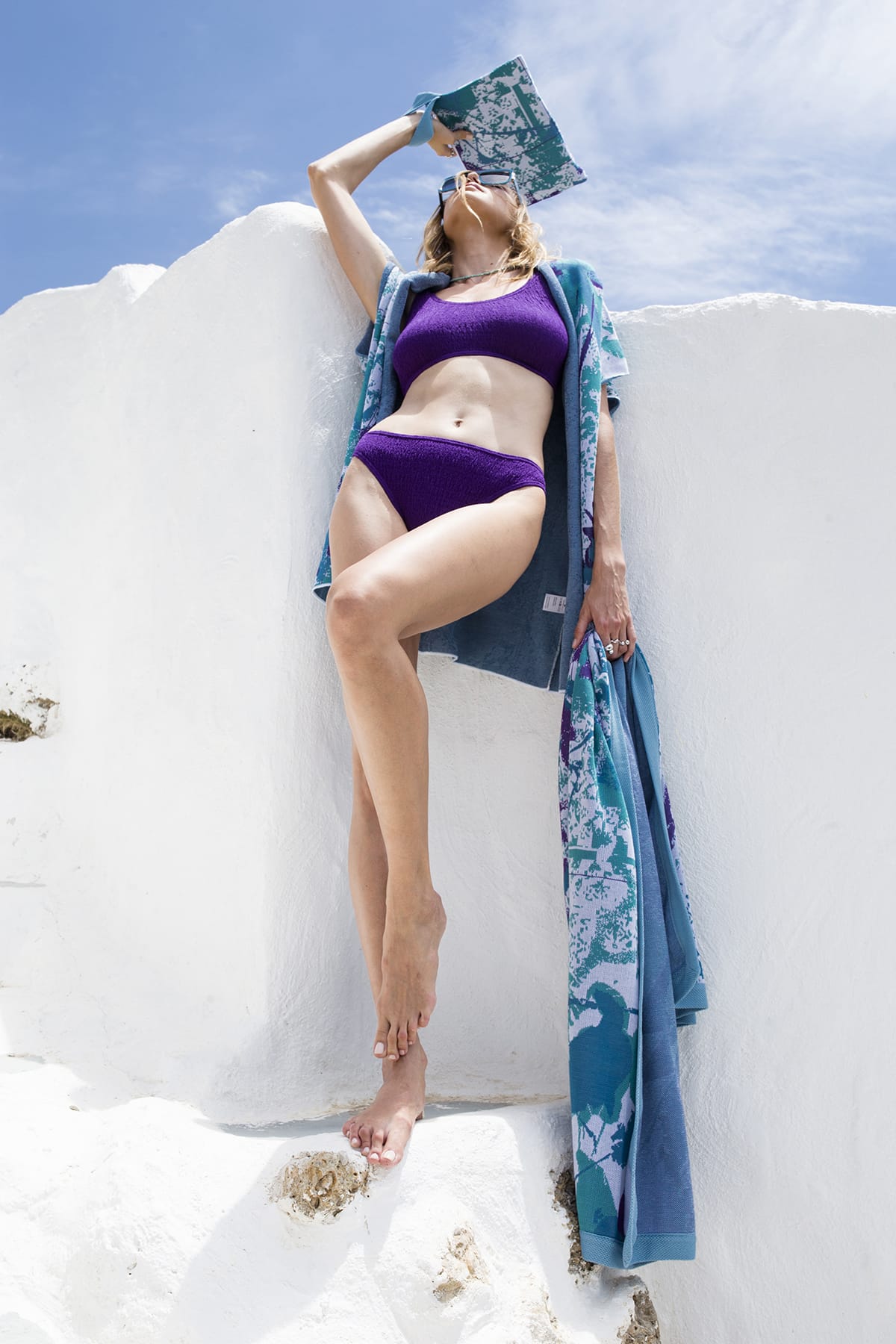
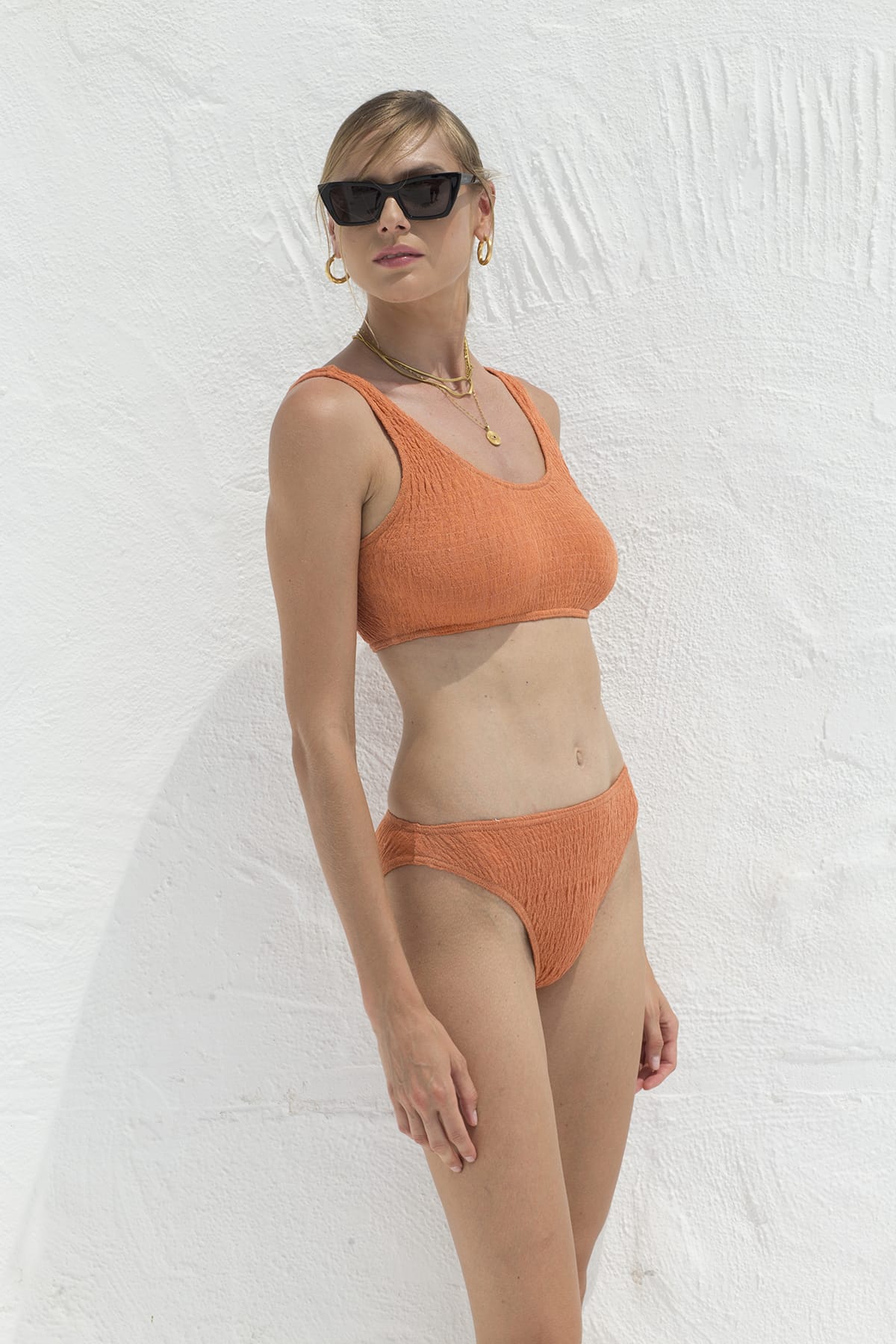
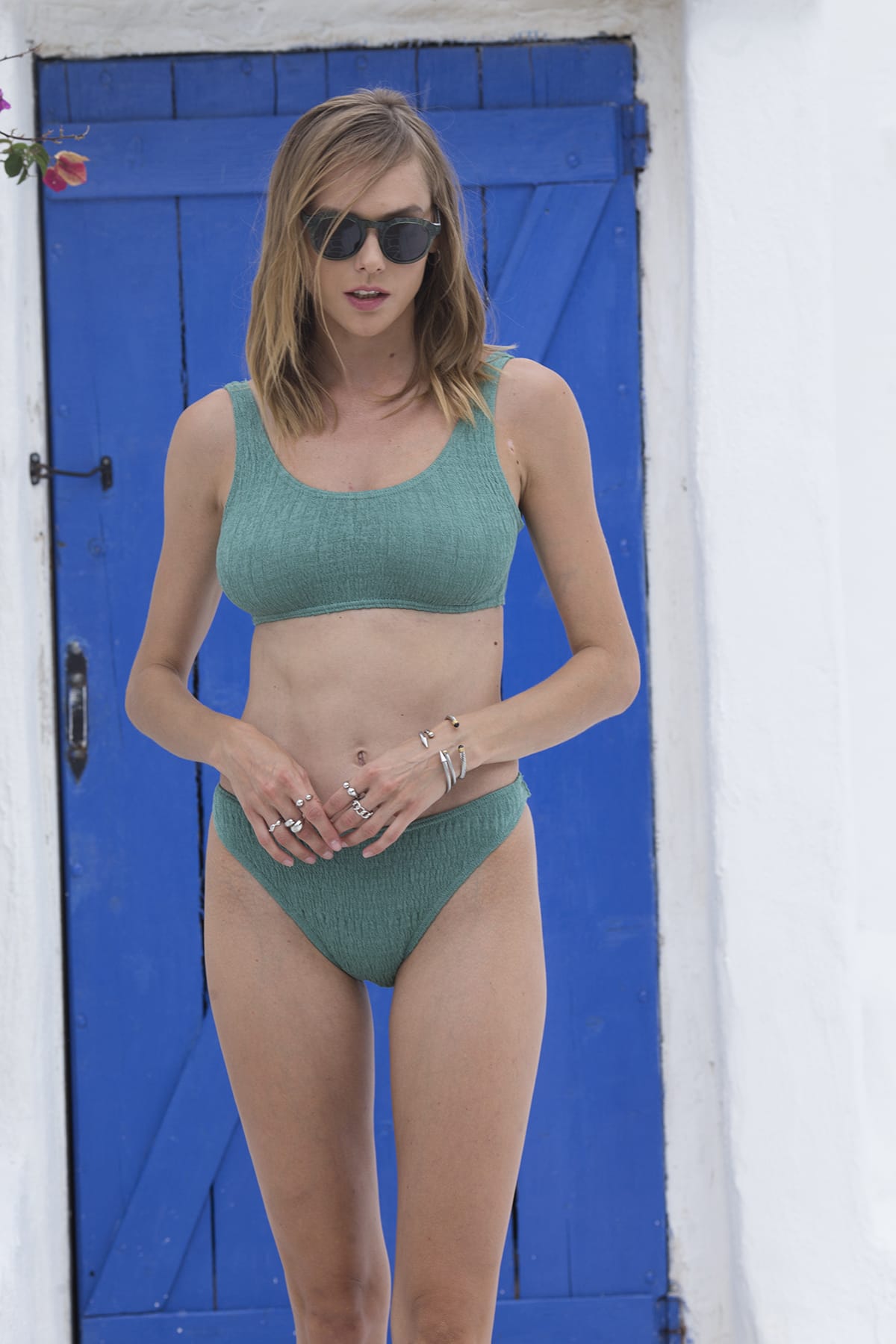
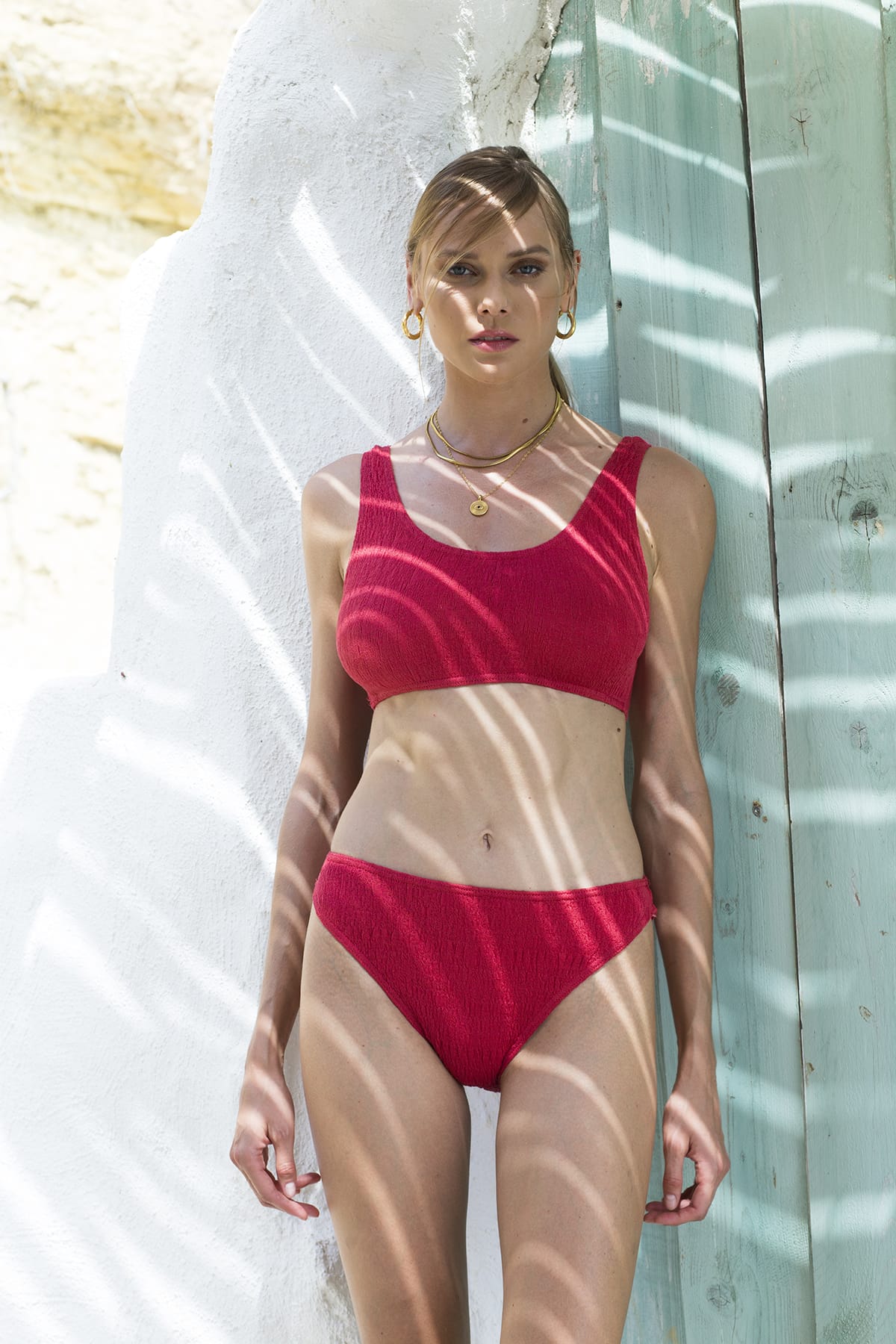
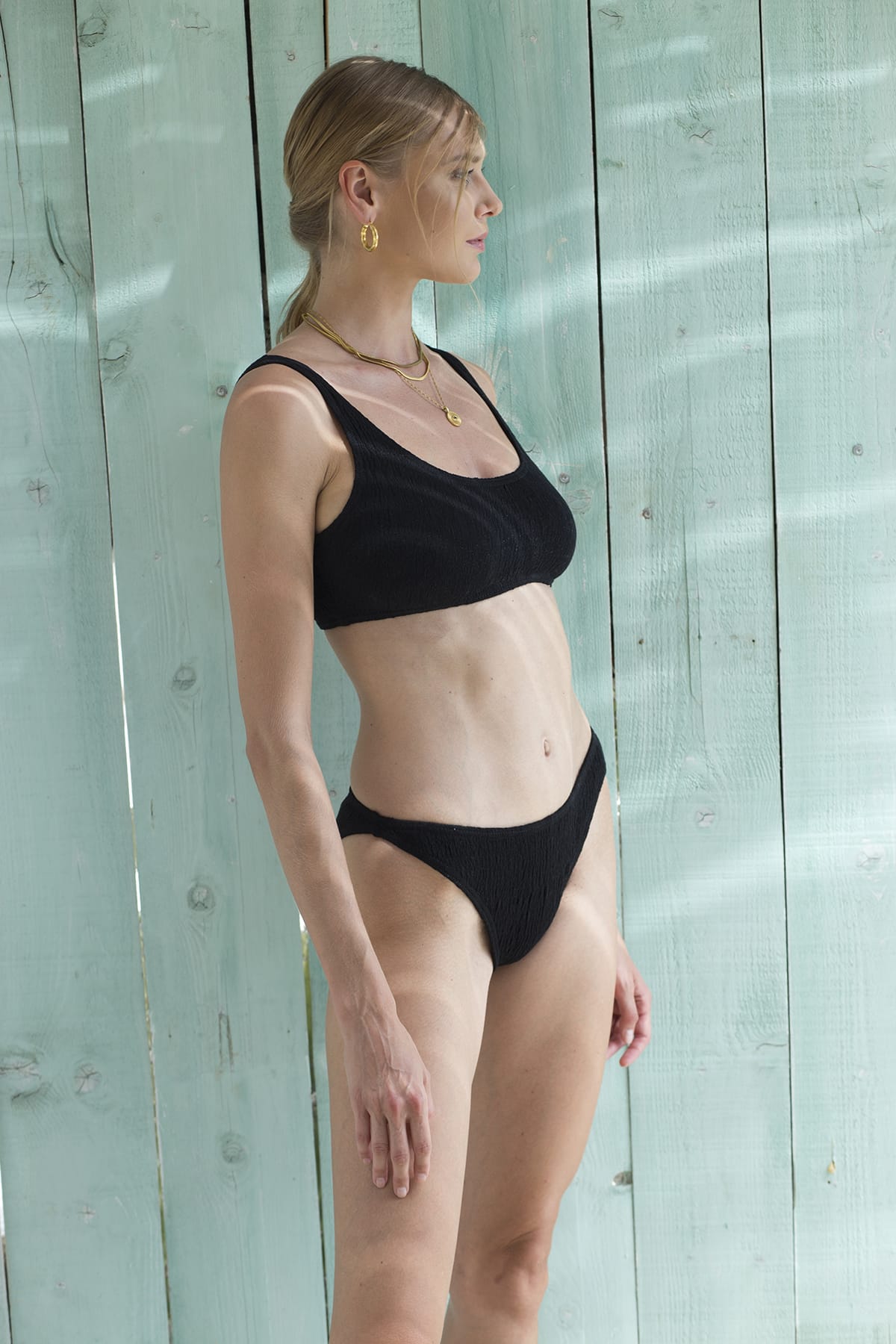
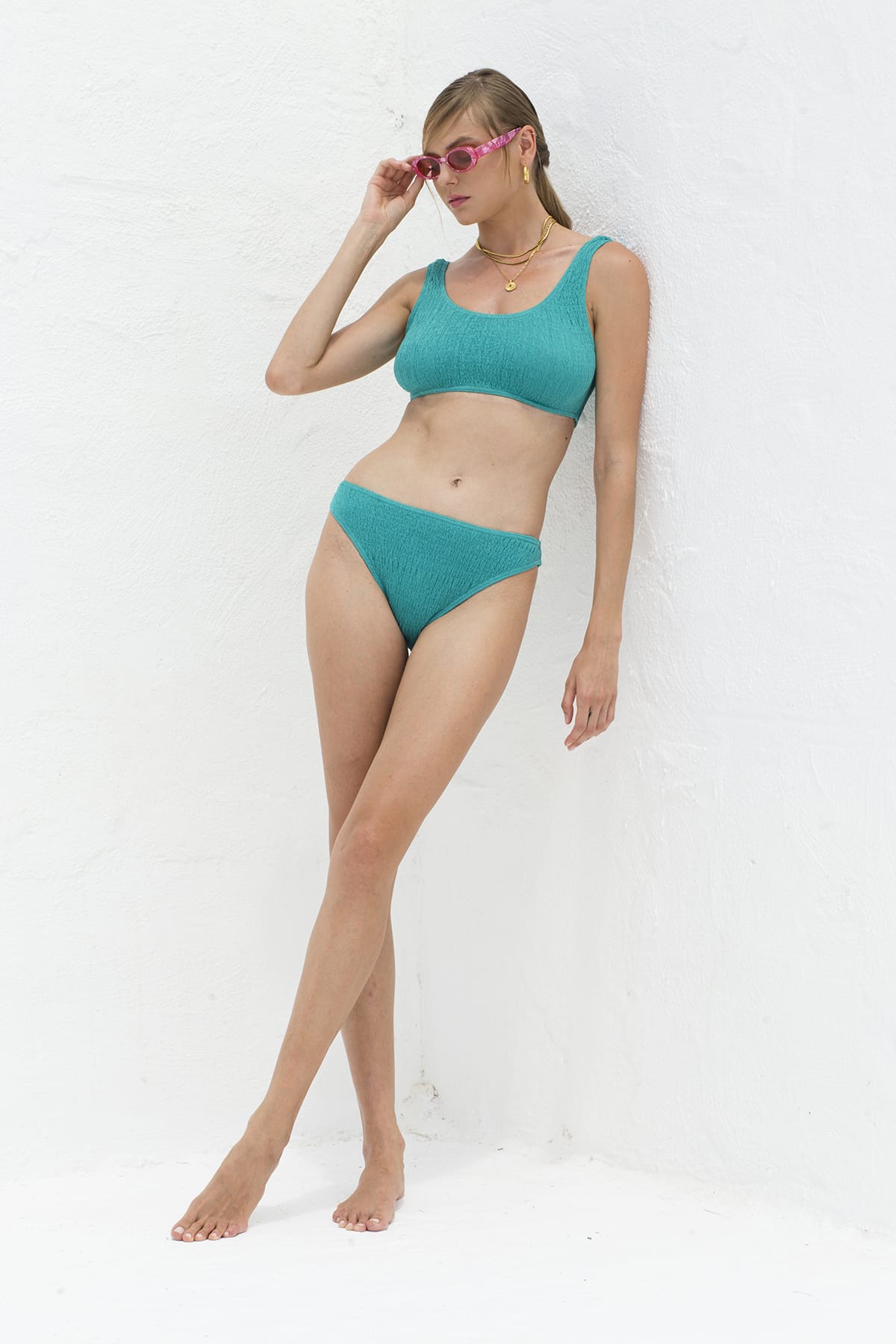
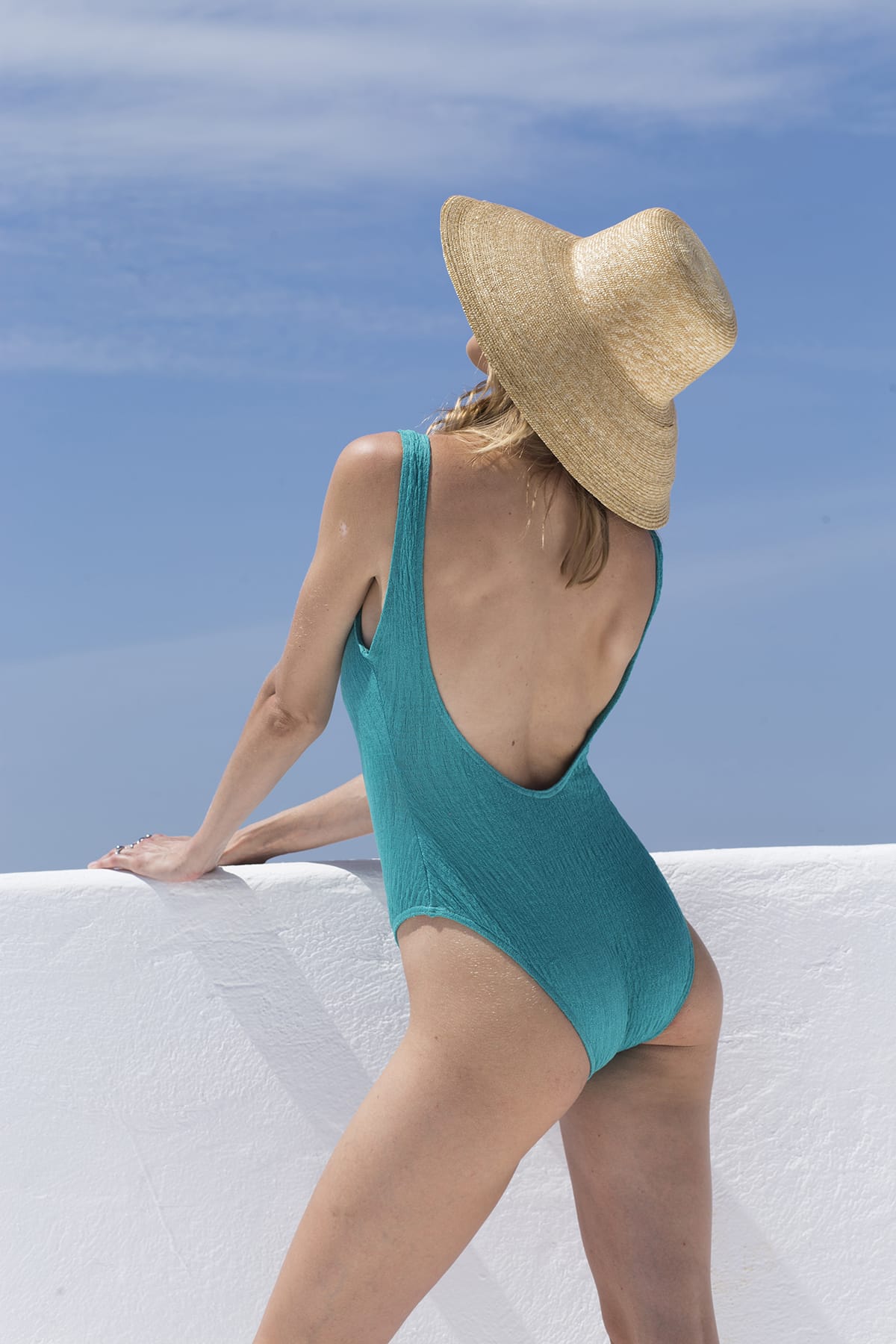
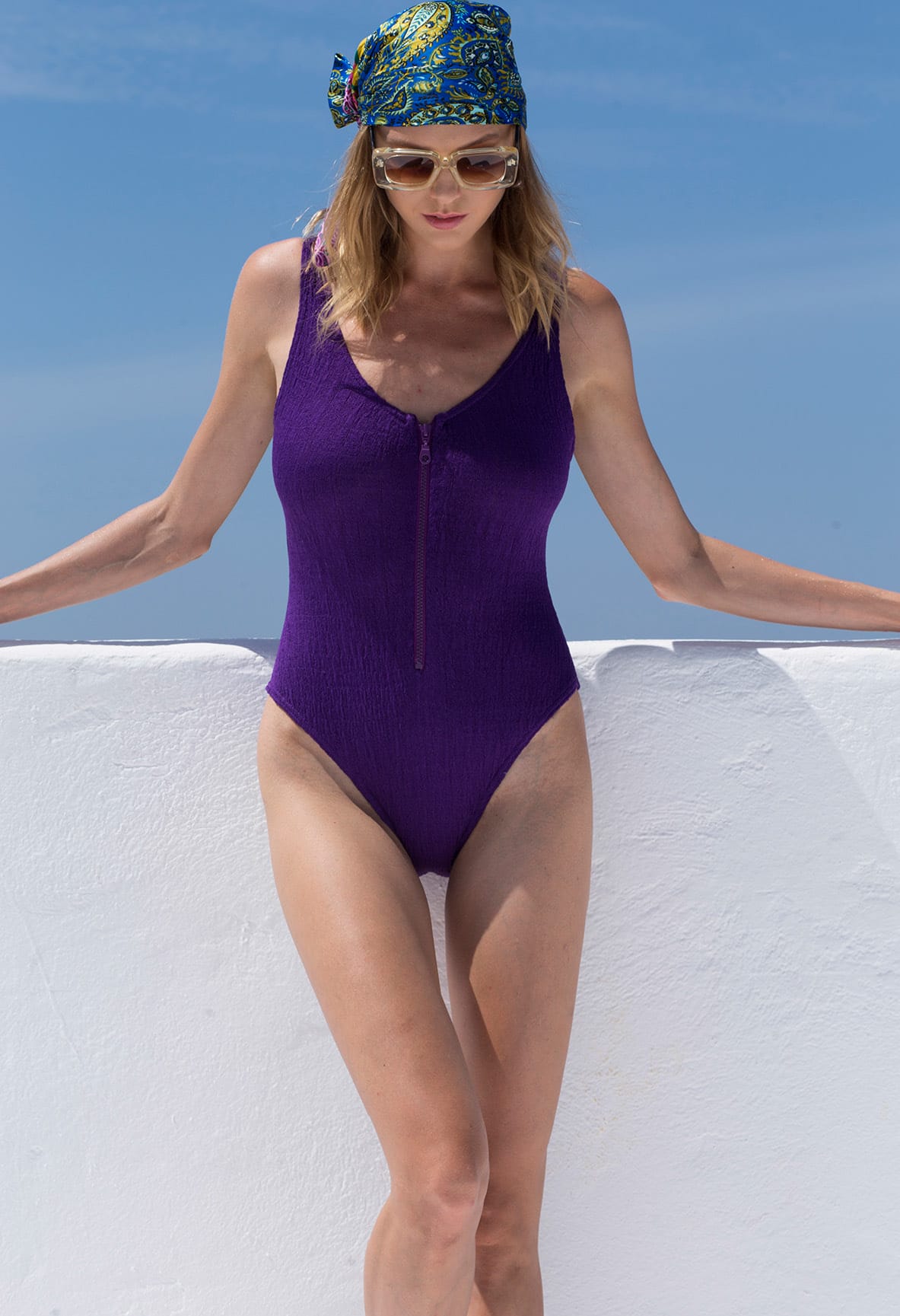
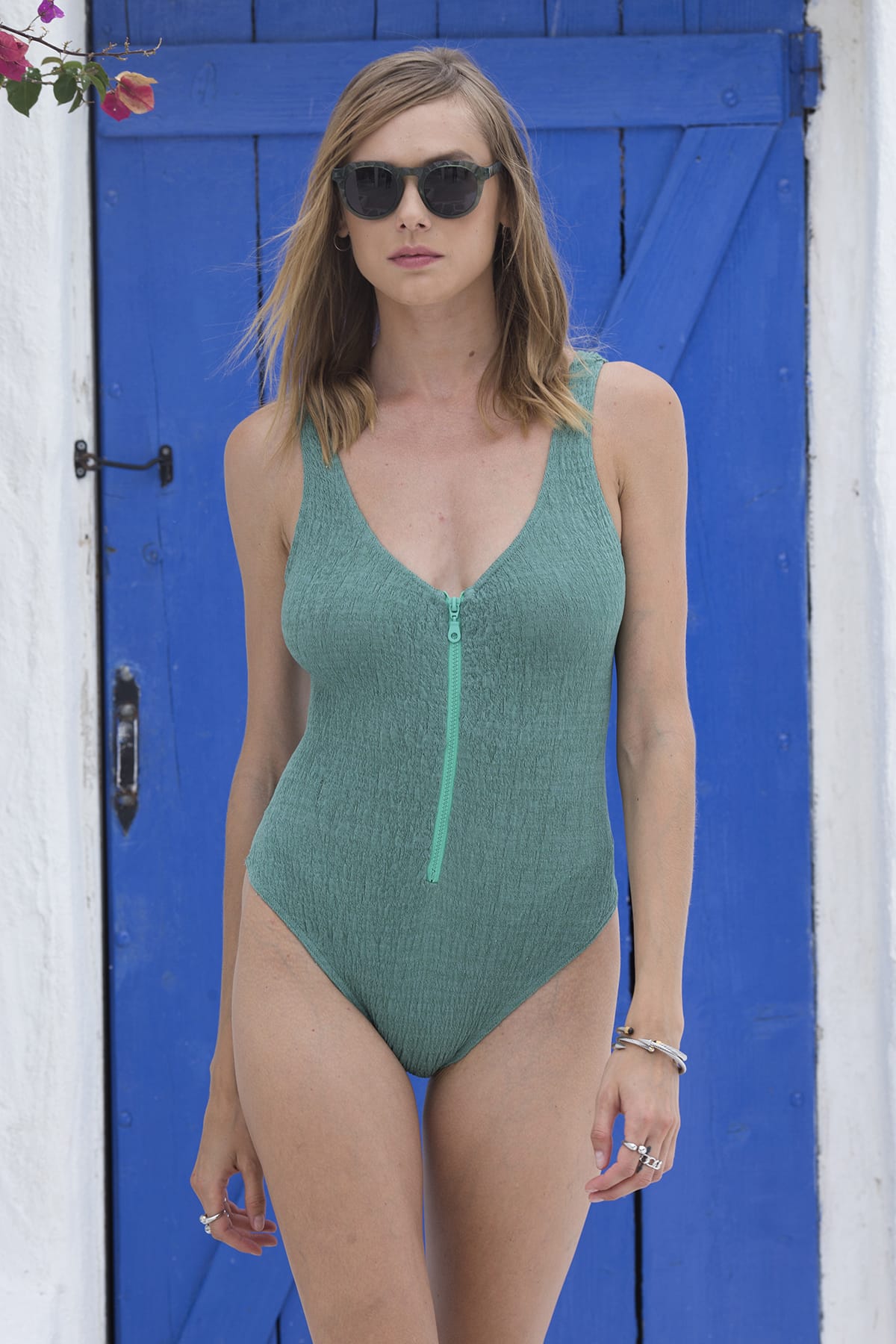
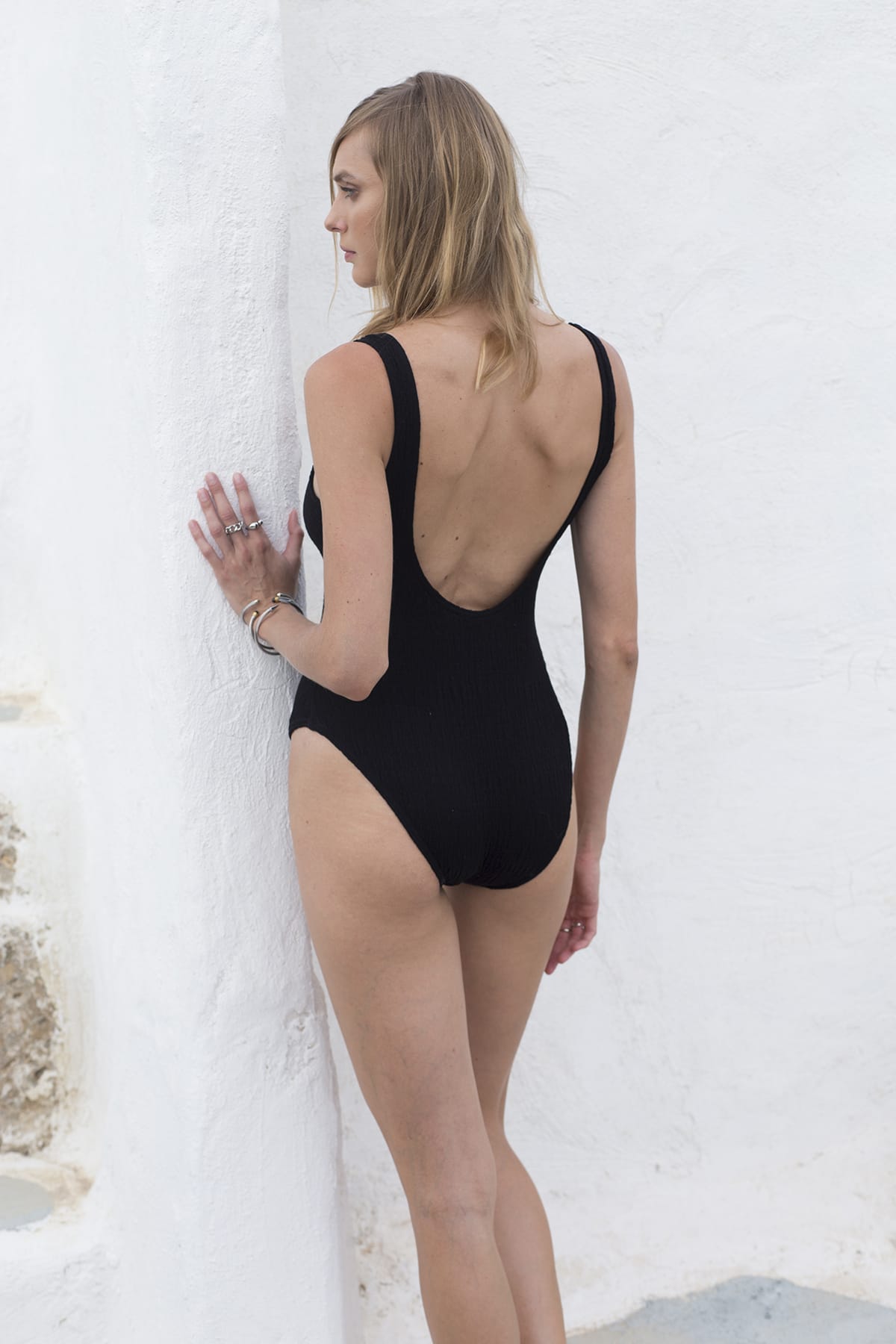
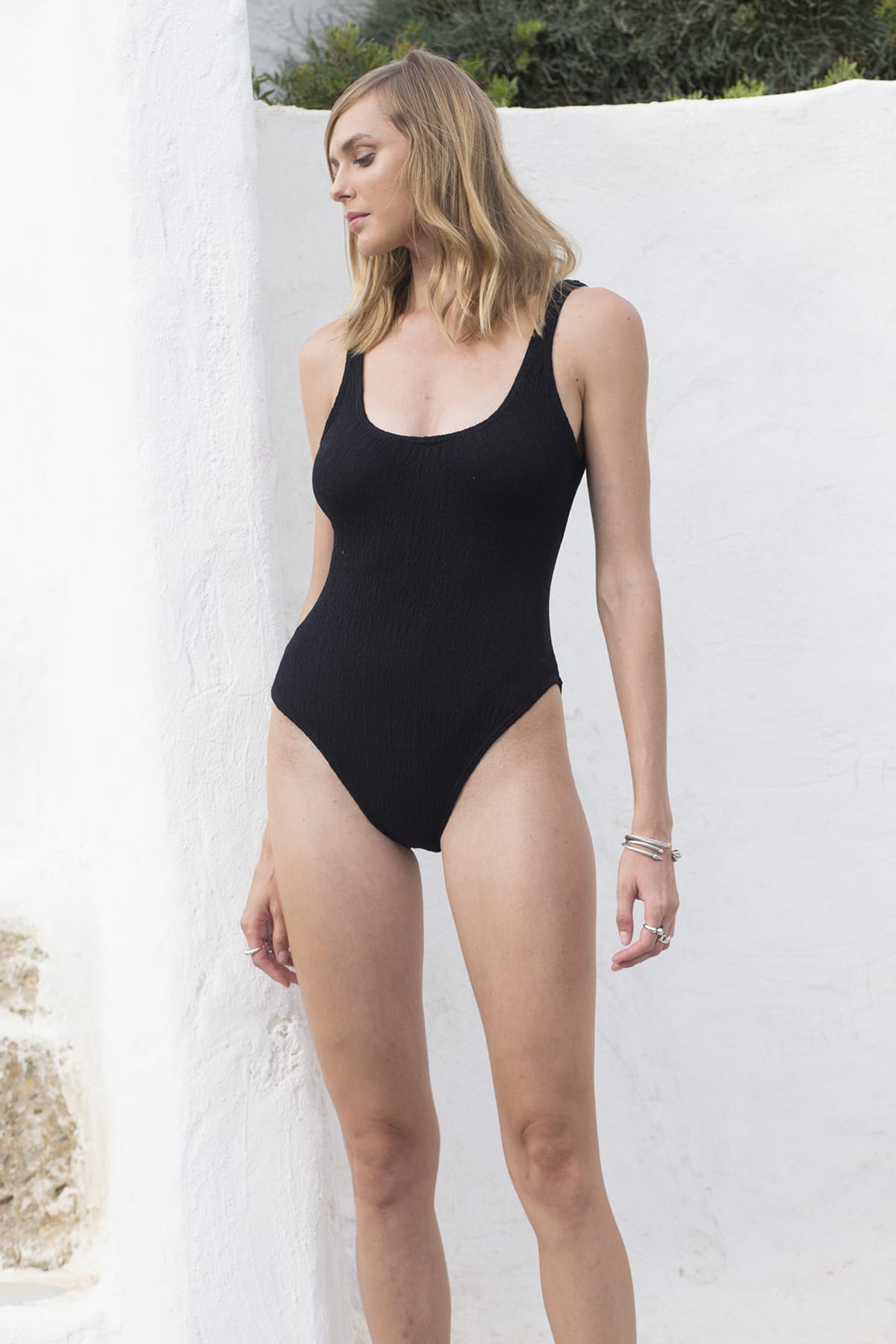
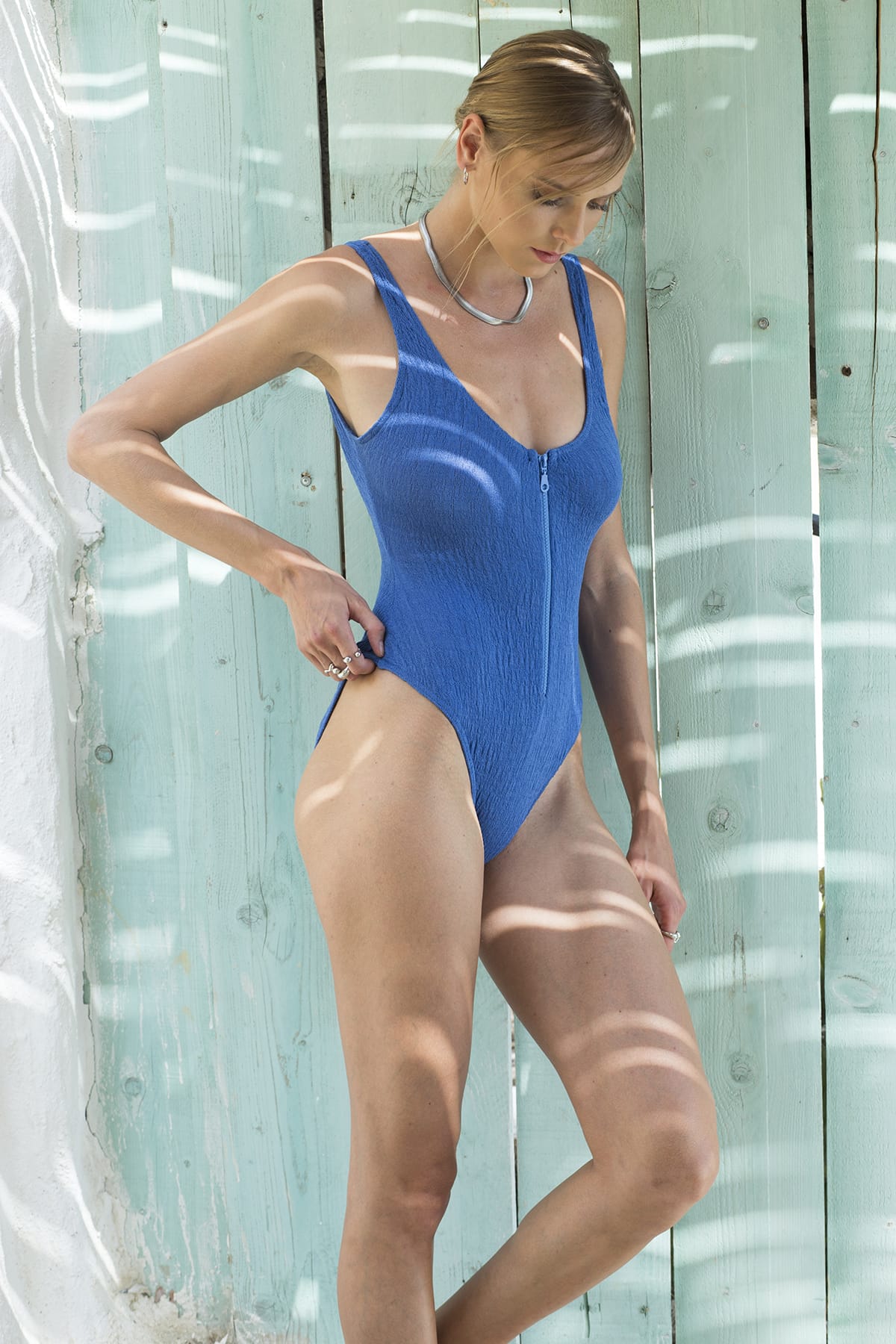
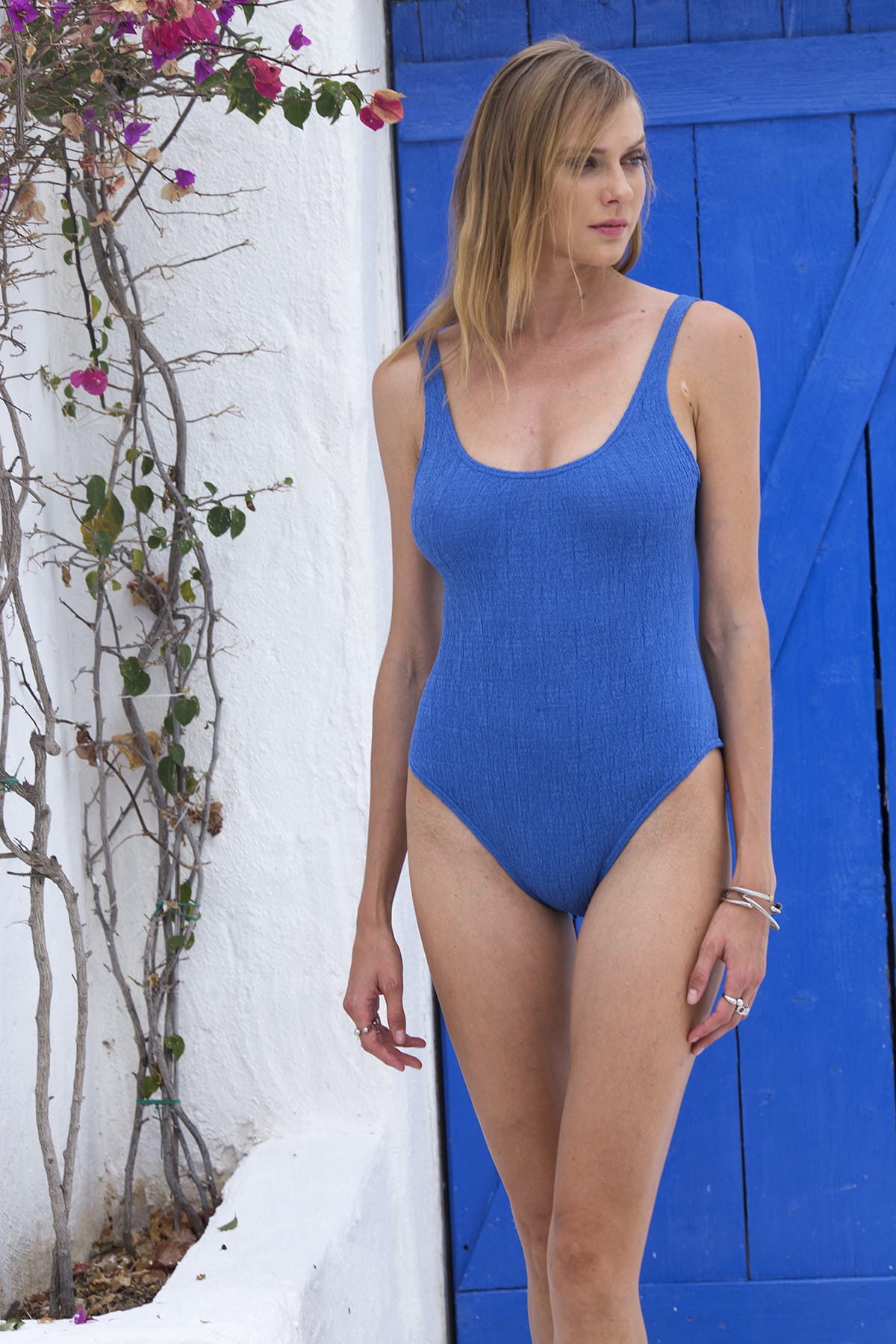
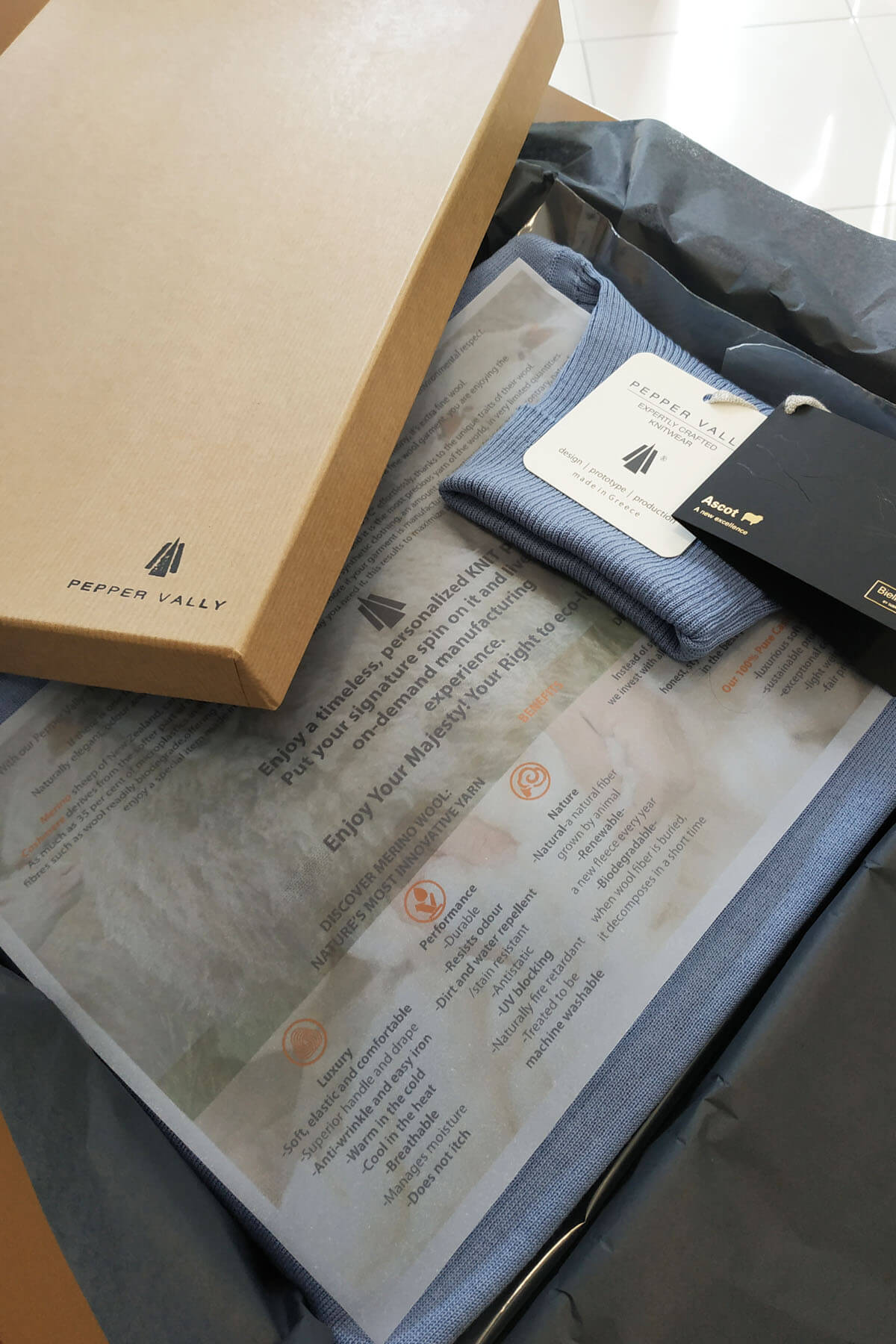
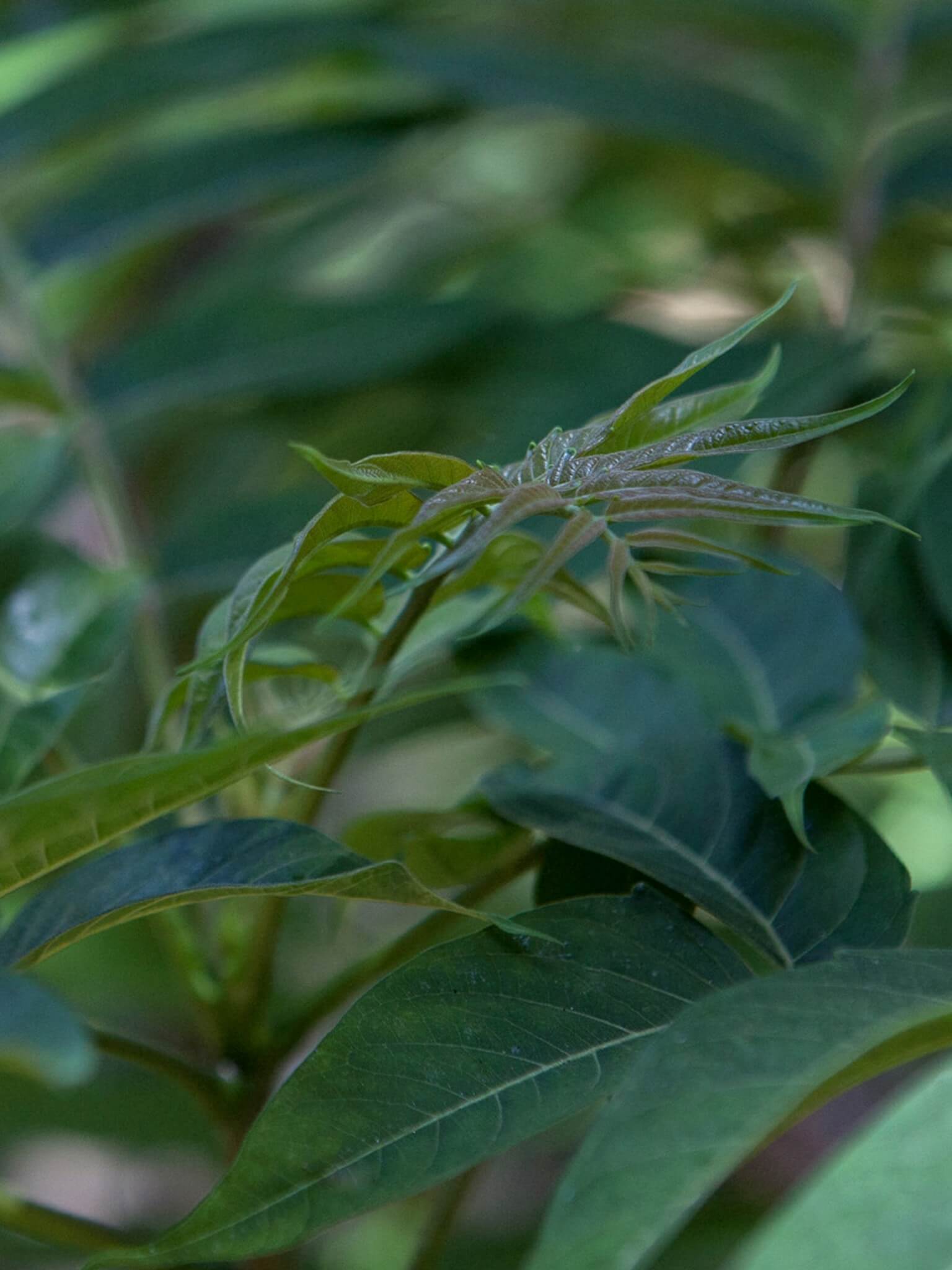
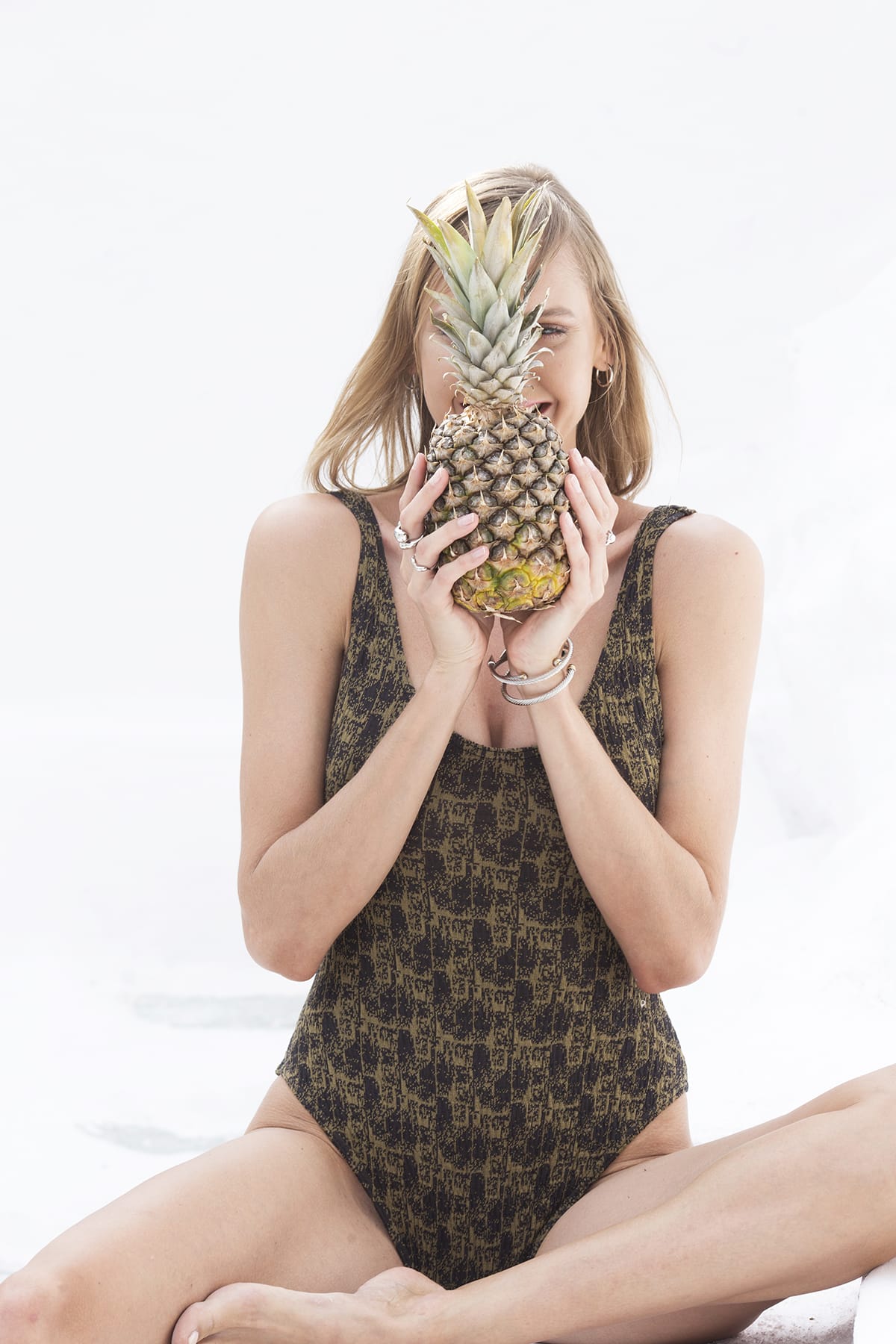
 Merino Wool black Neckband
Merino Wool black Neckband